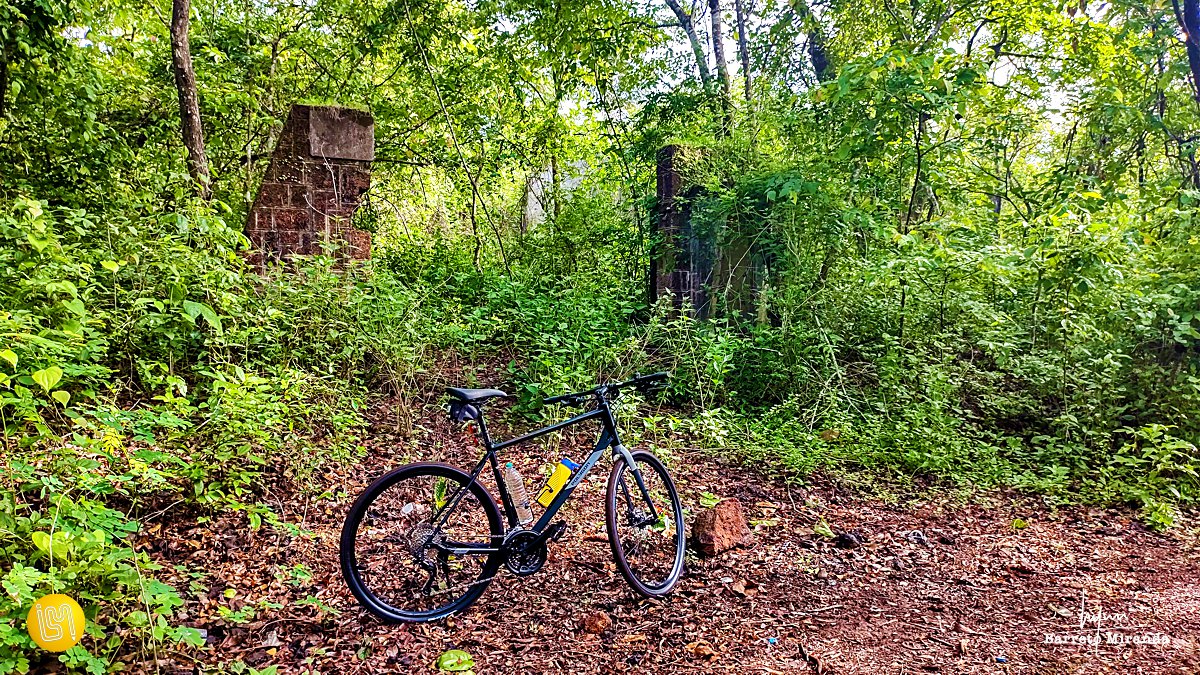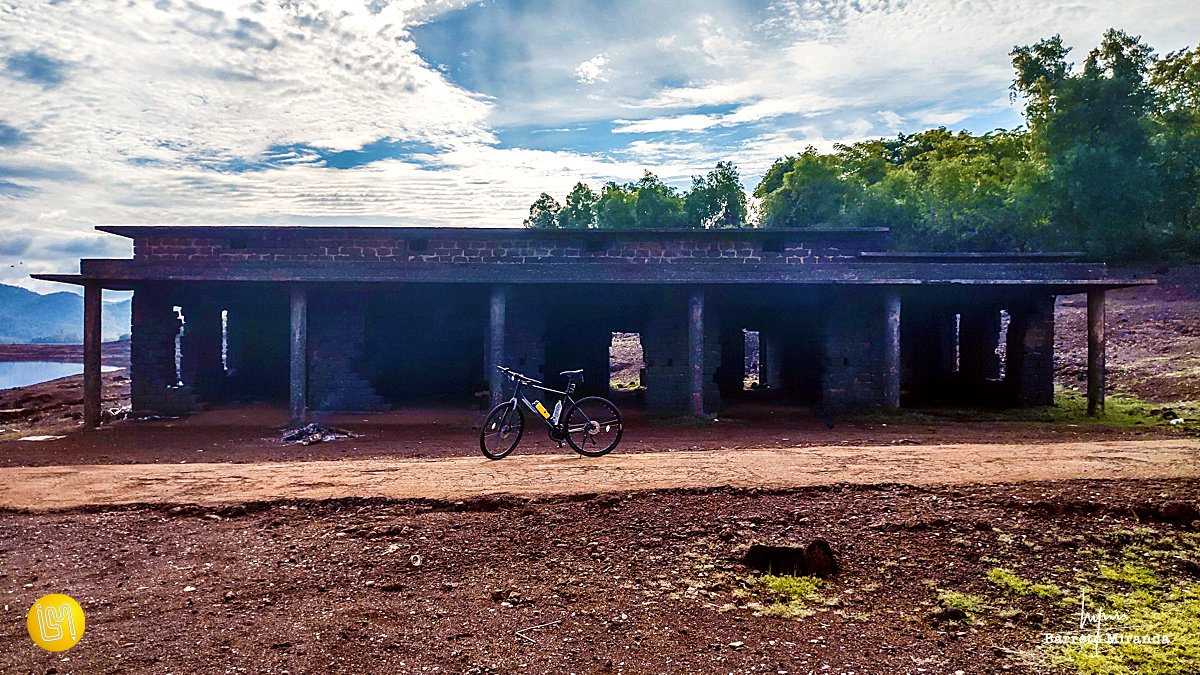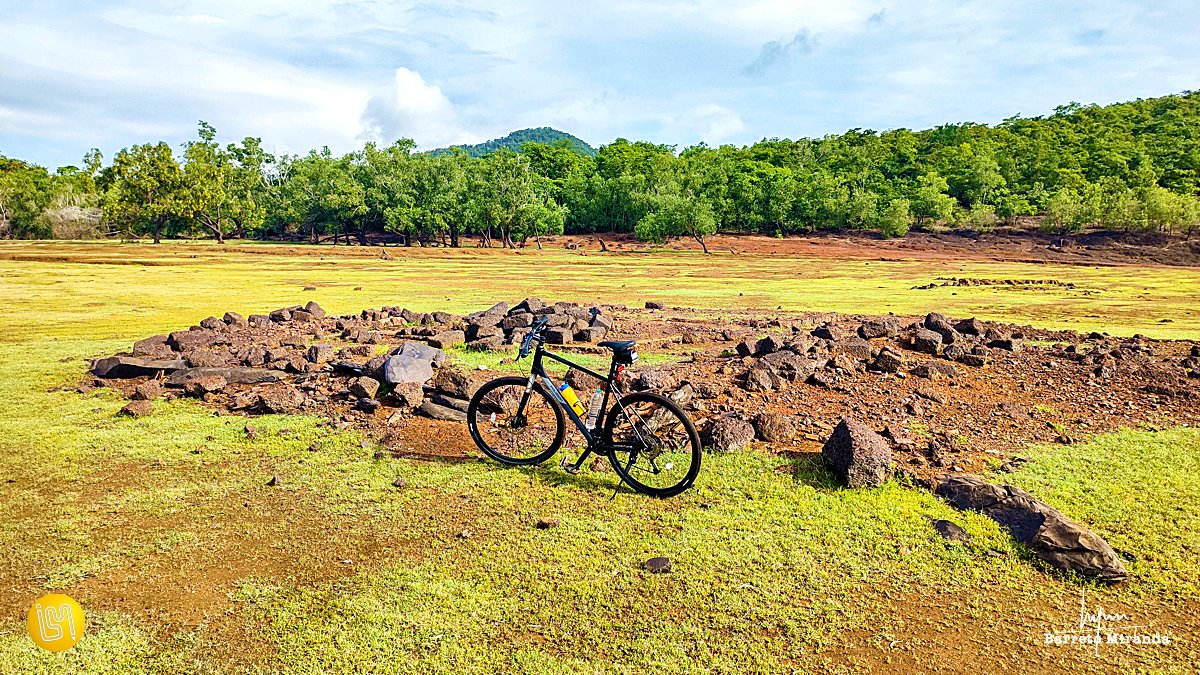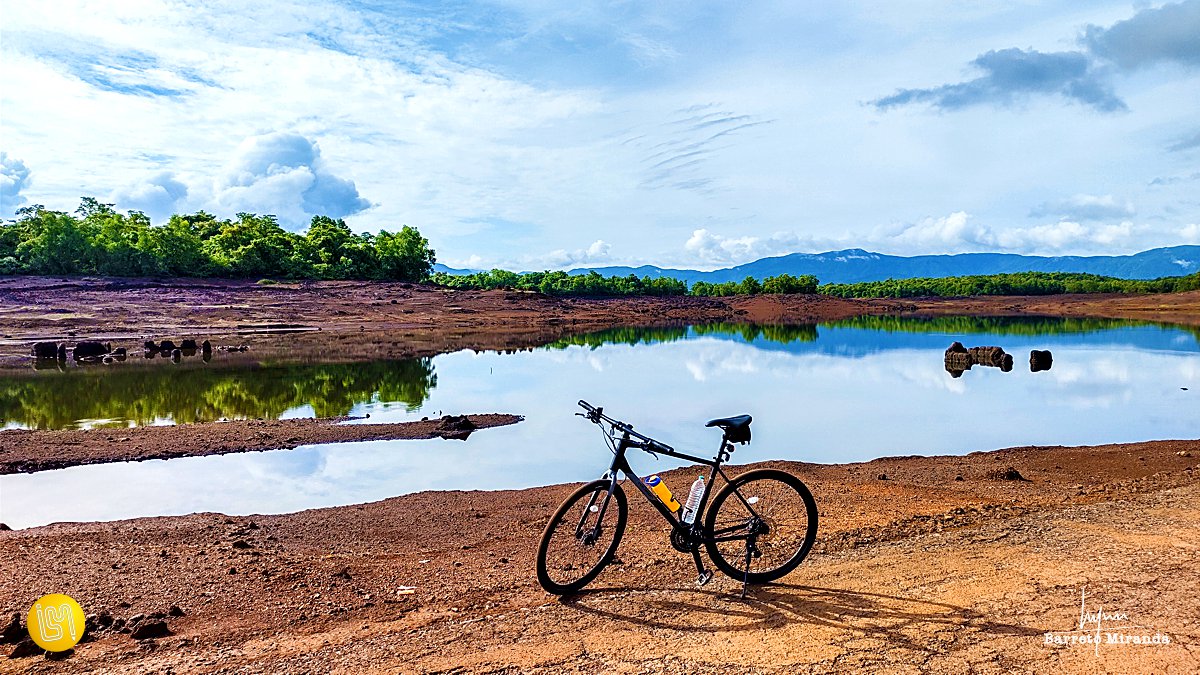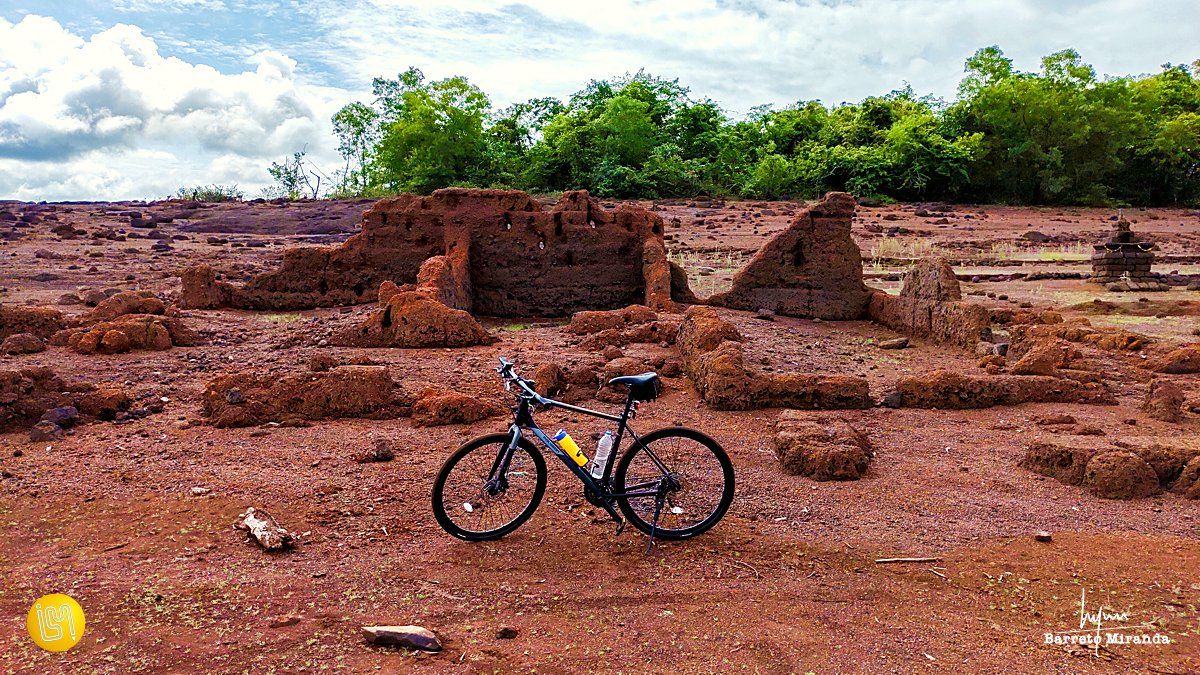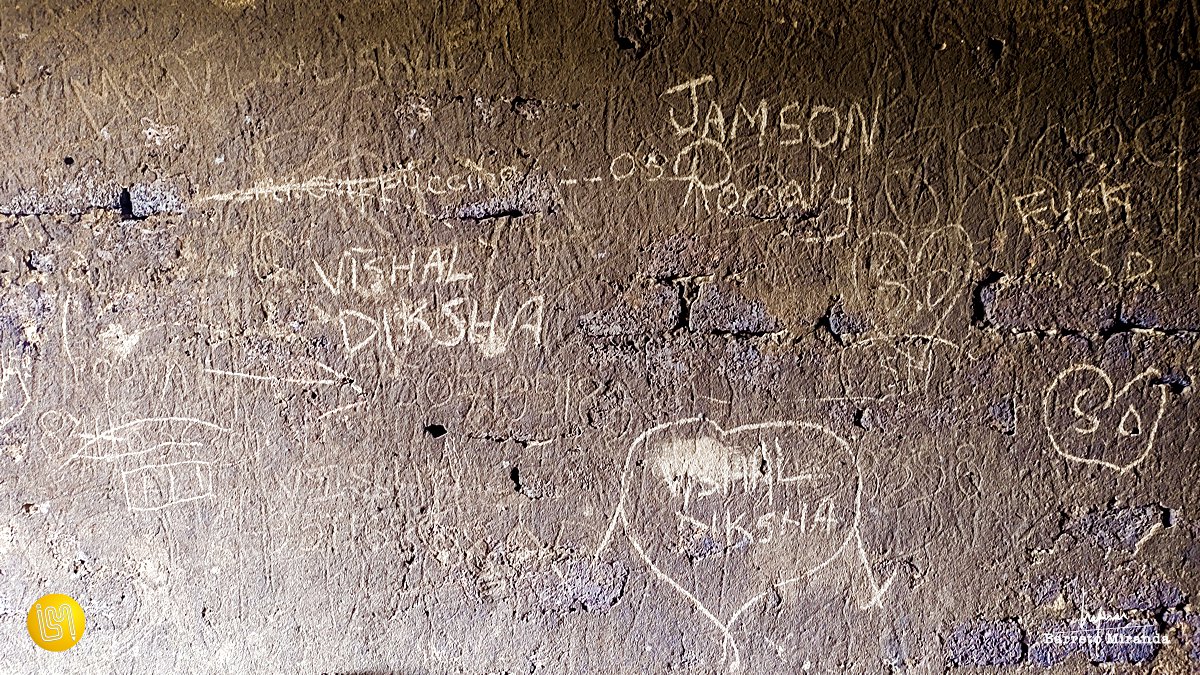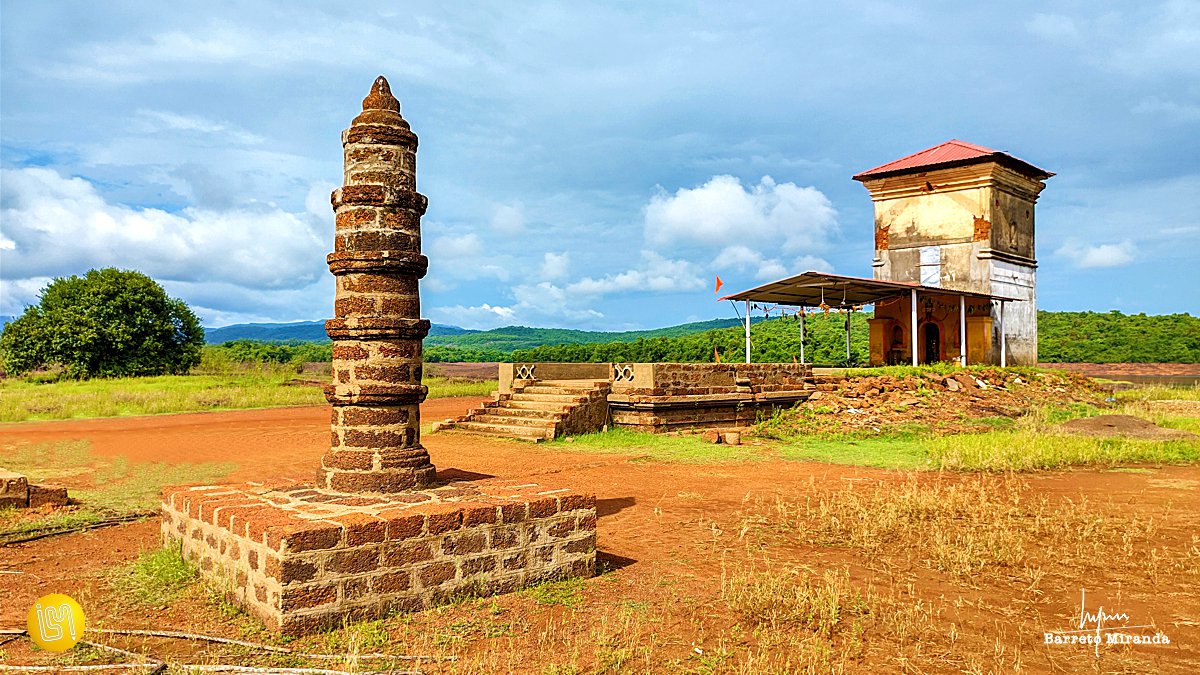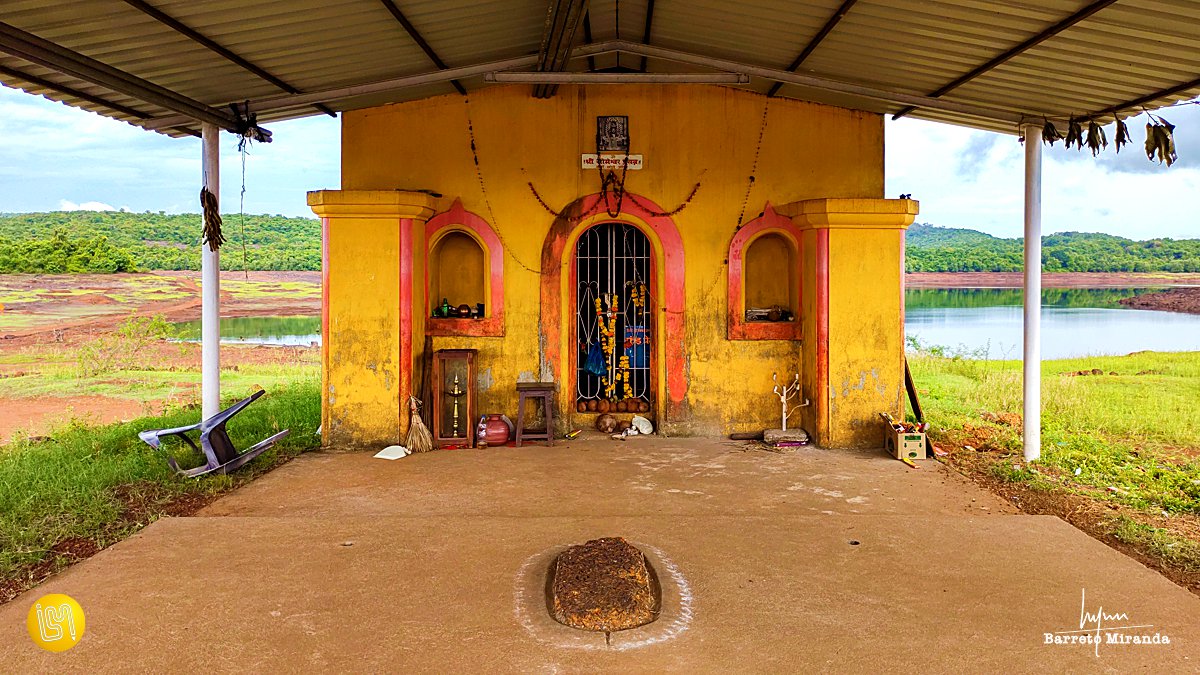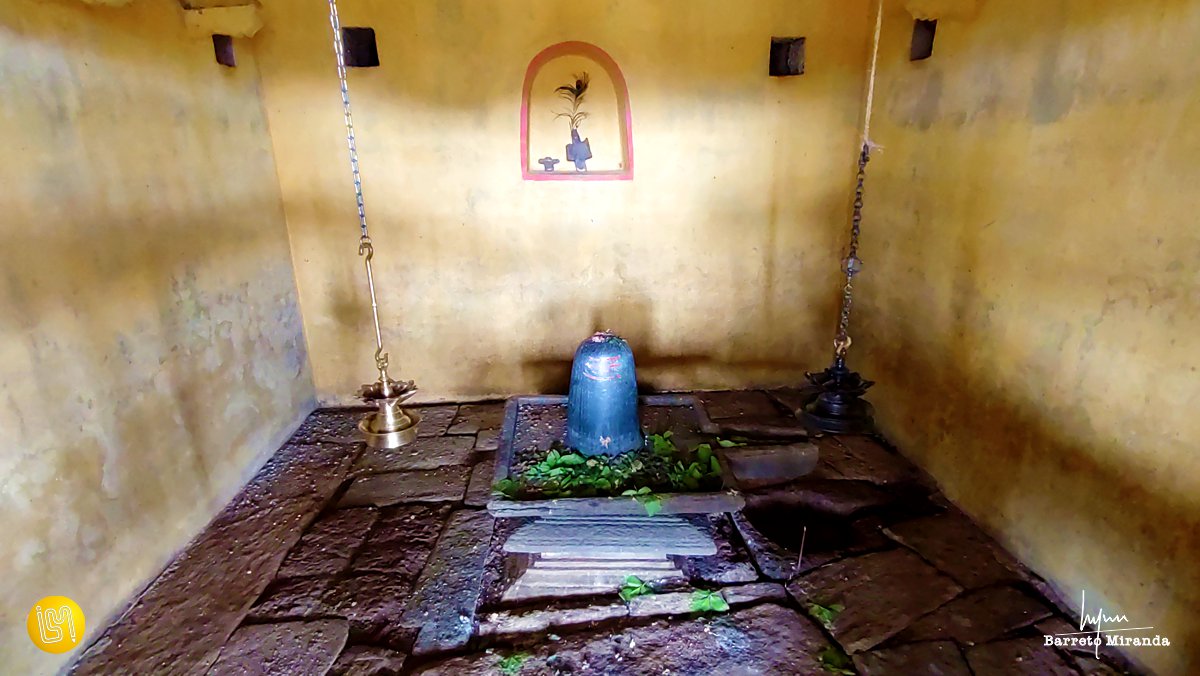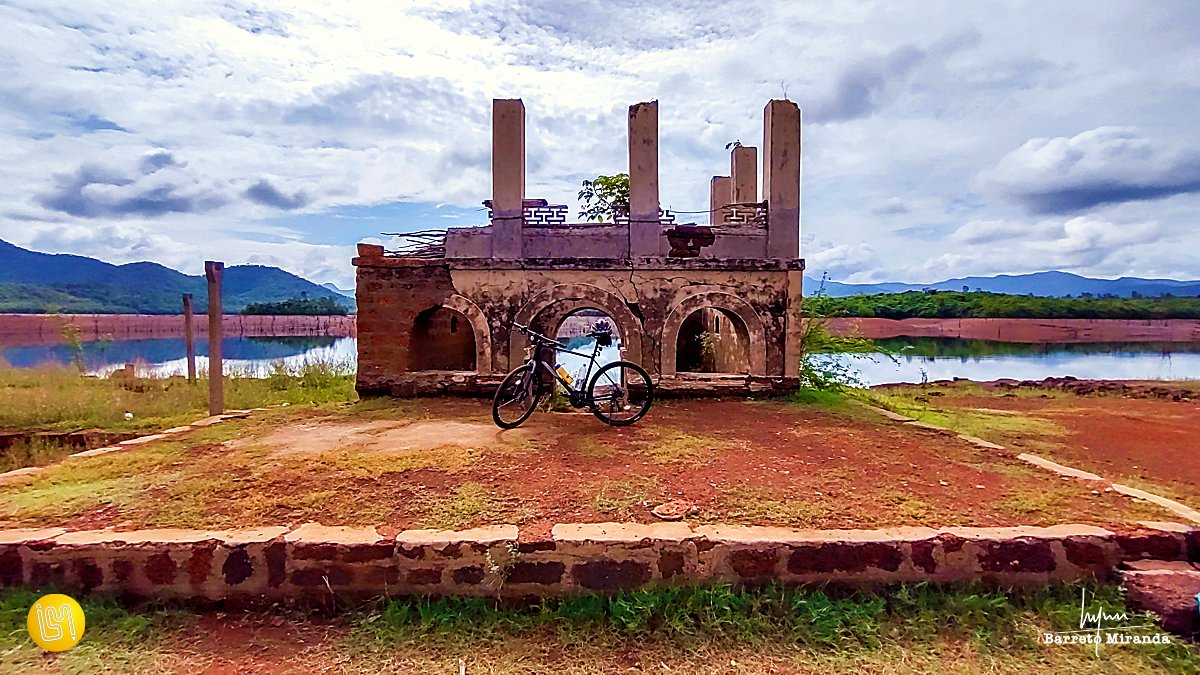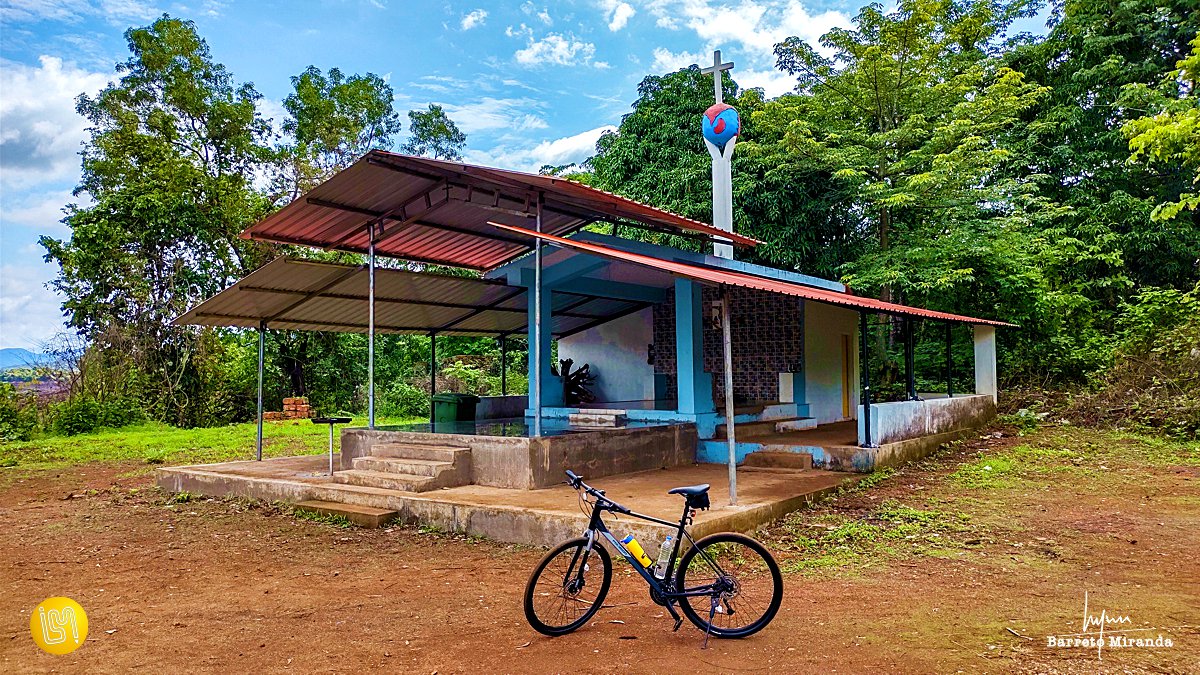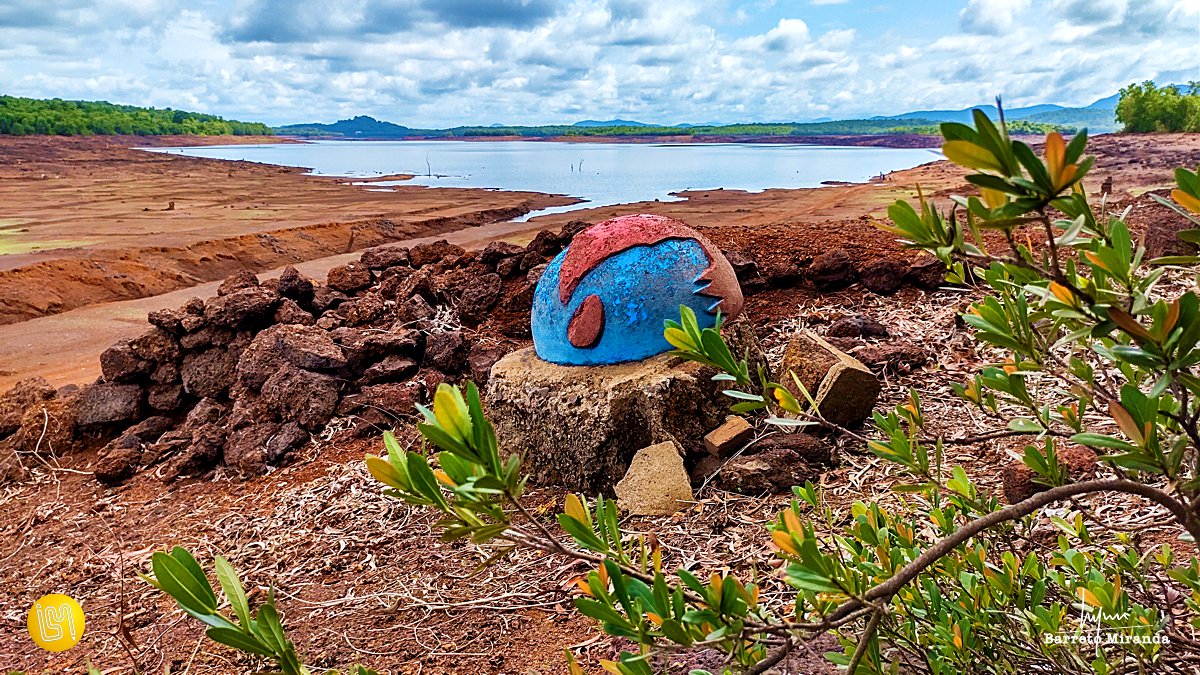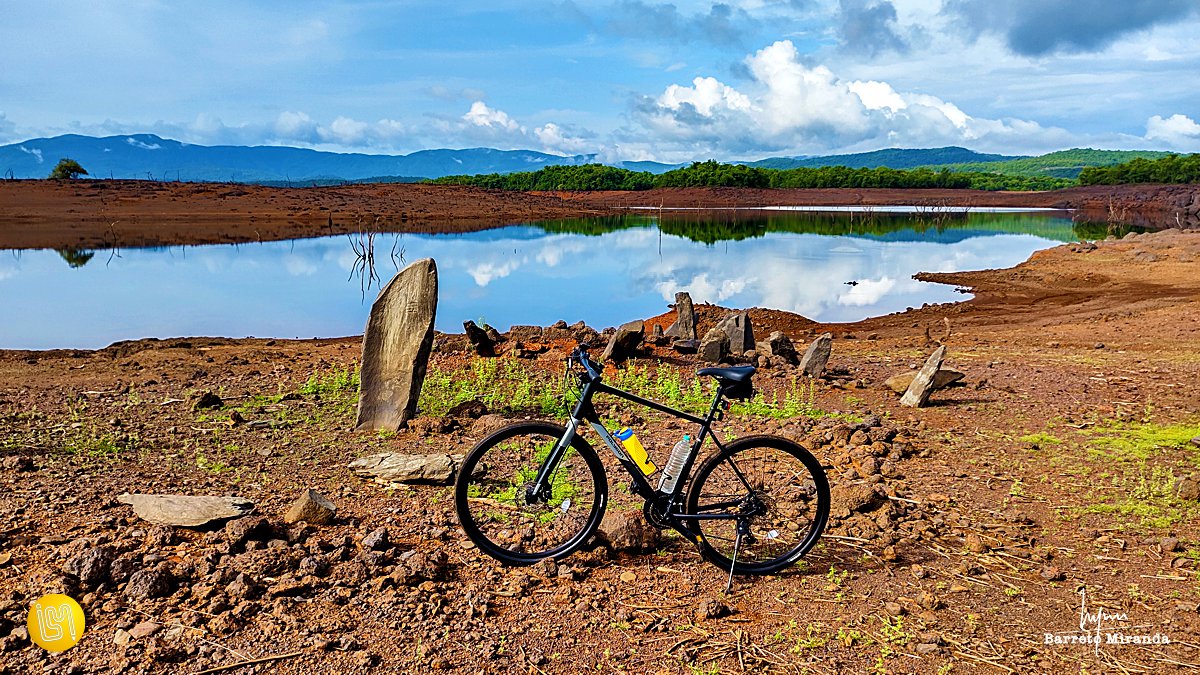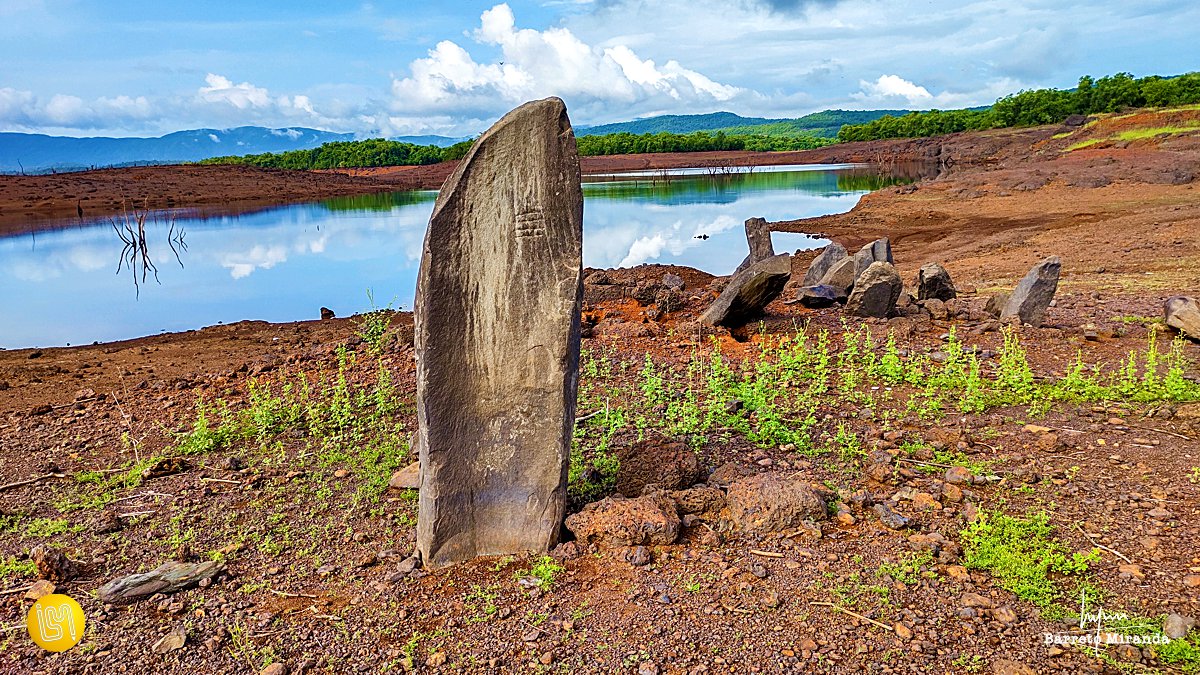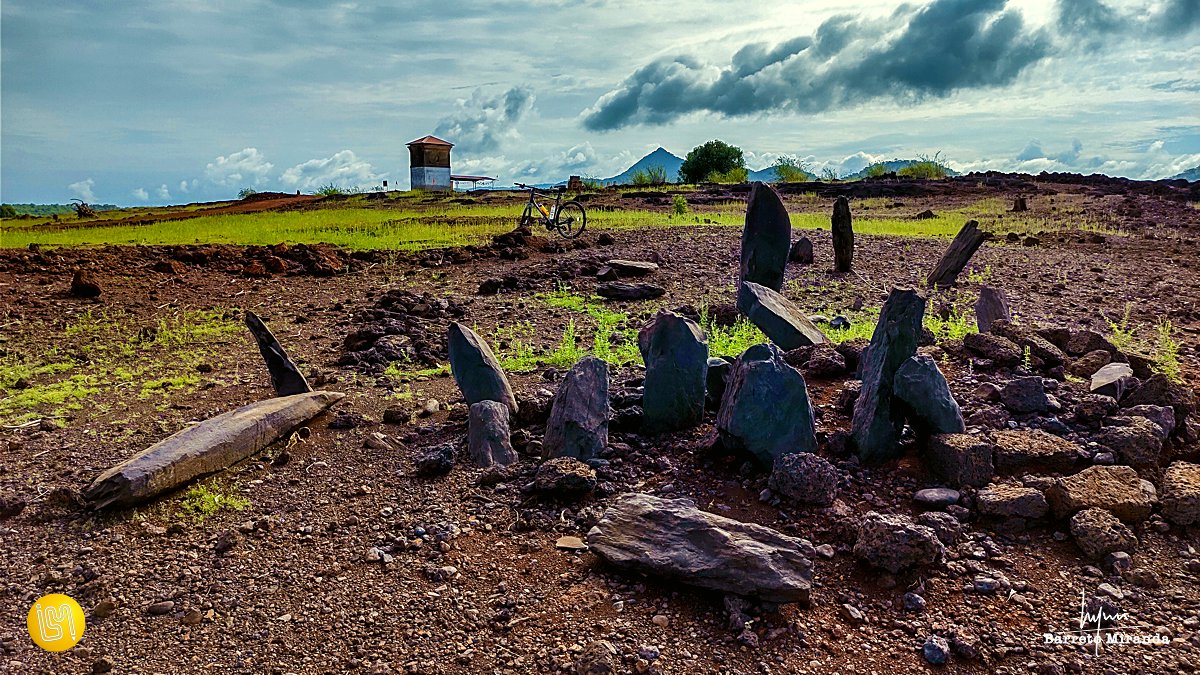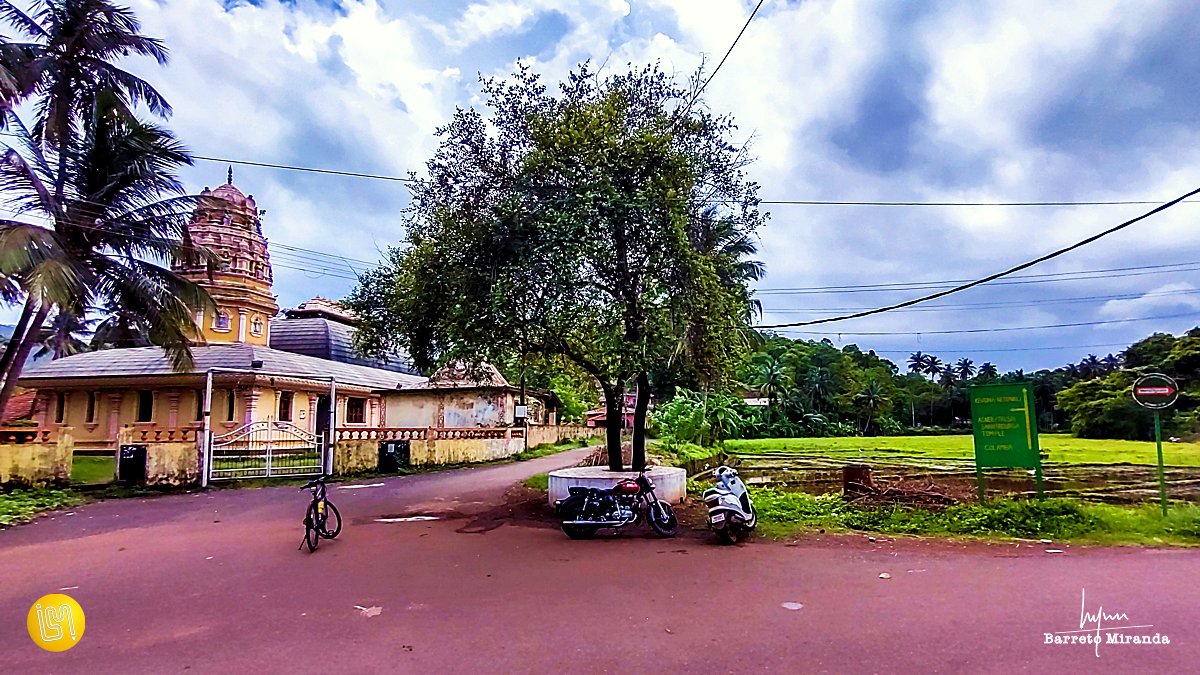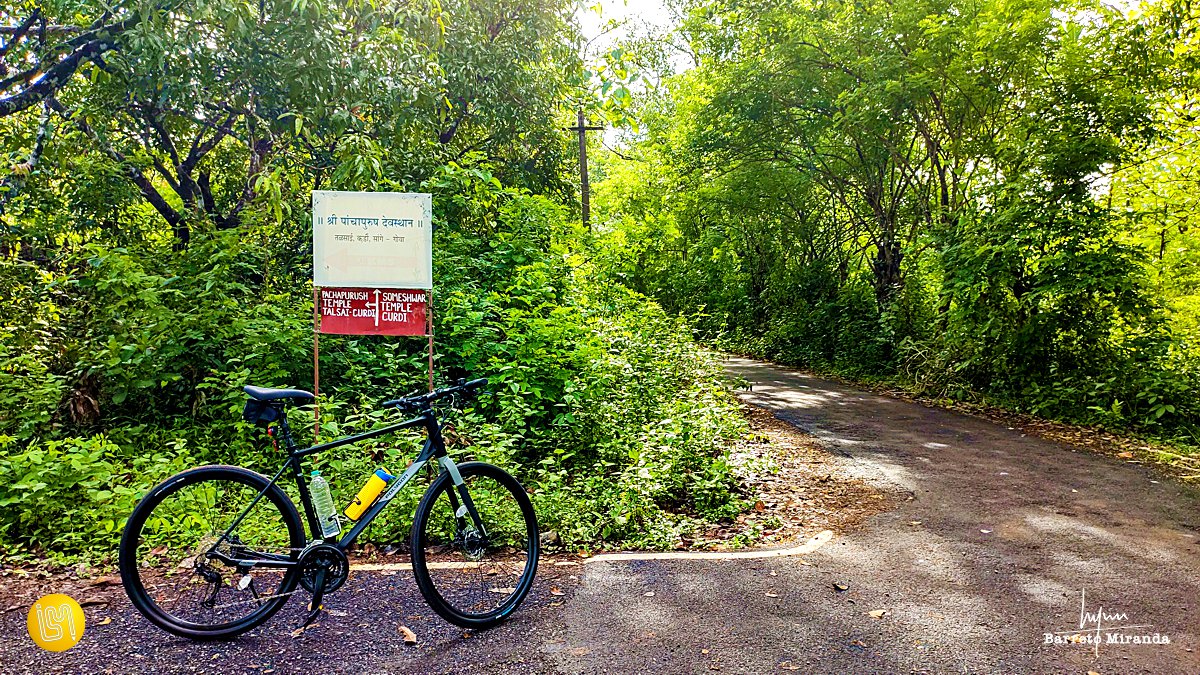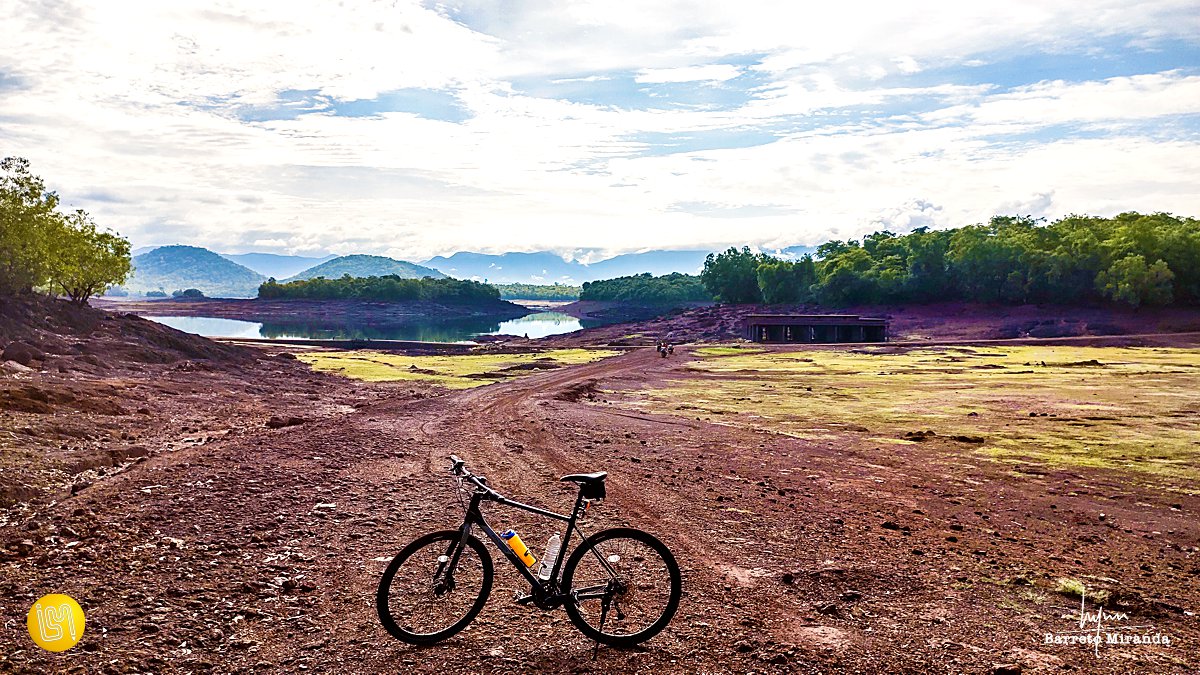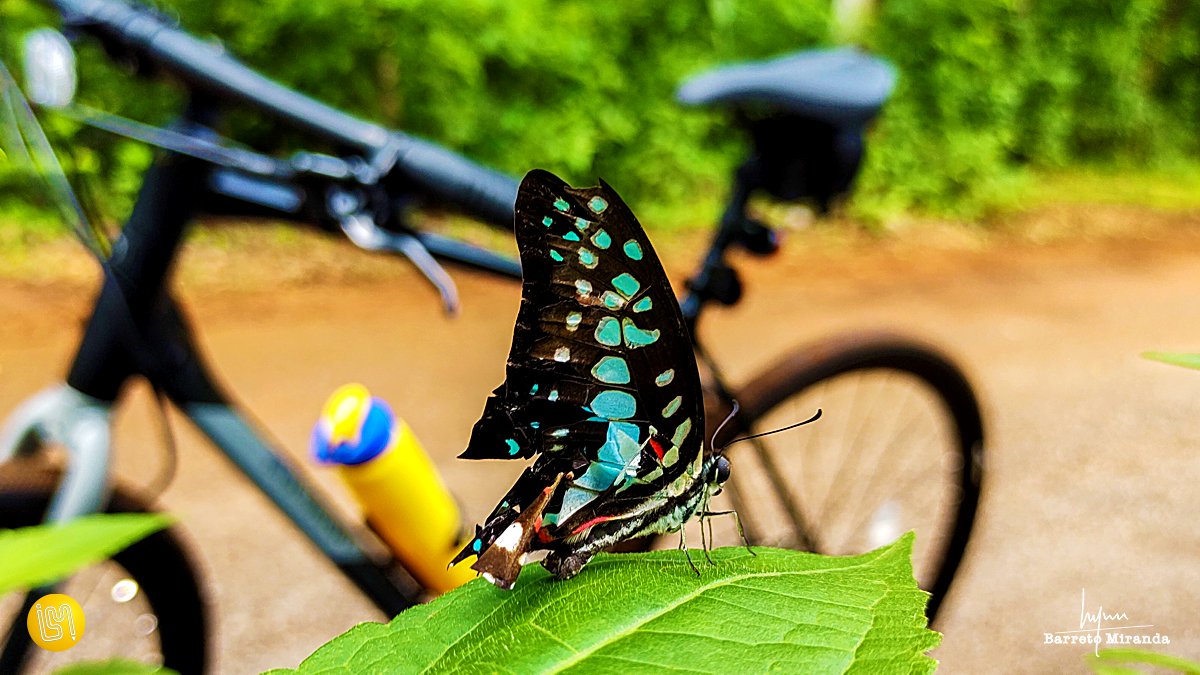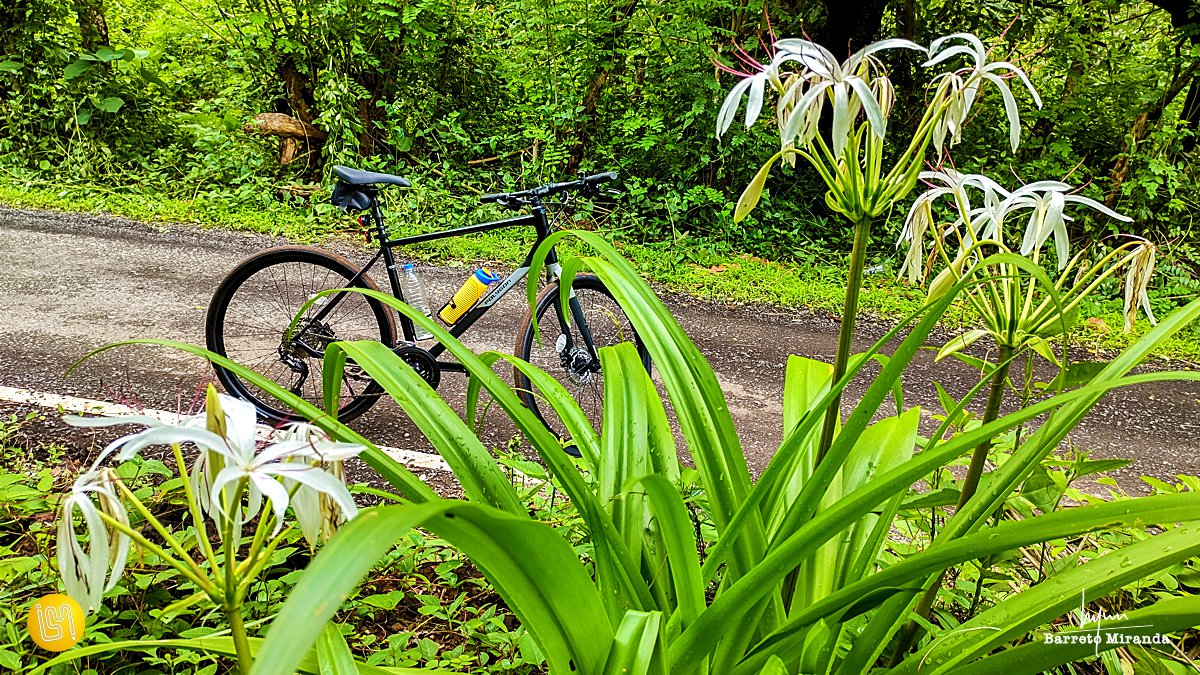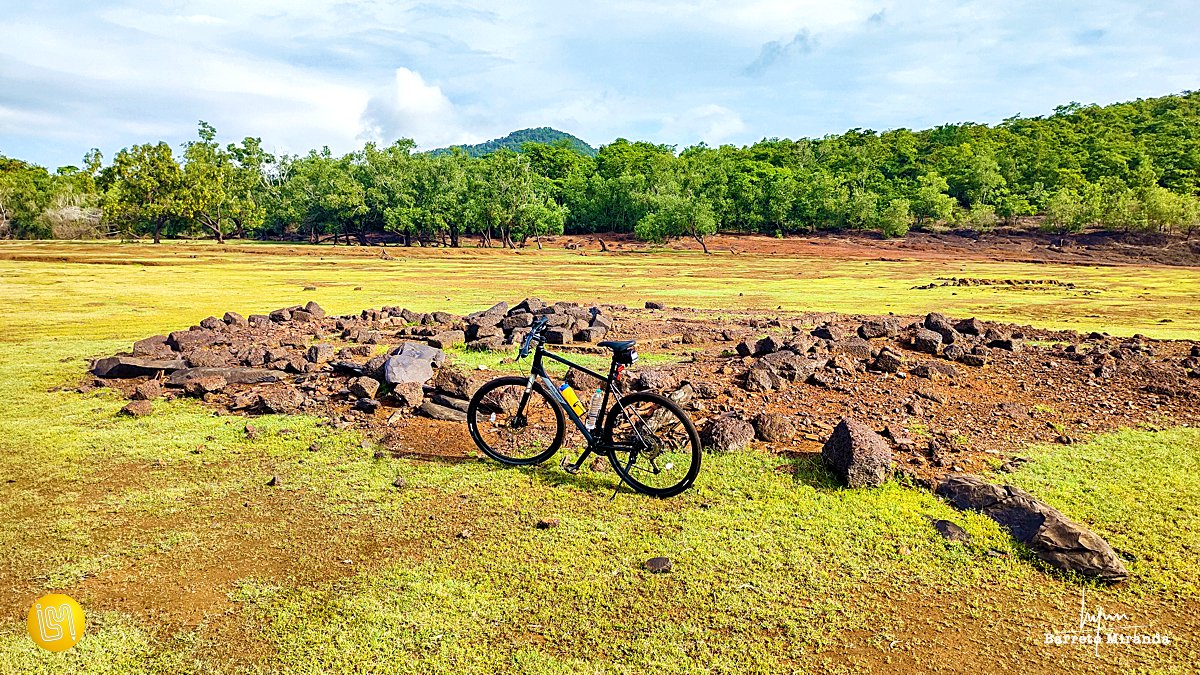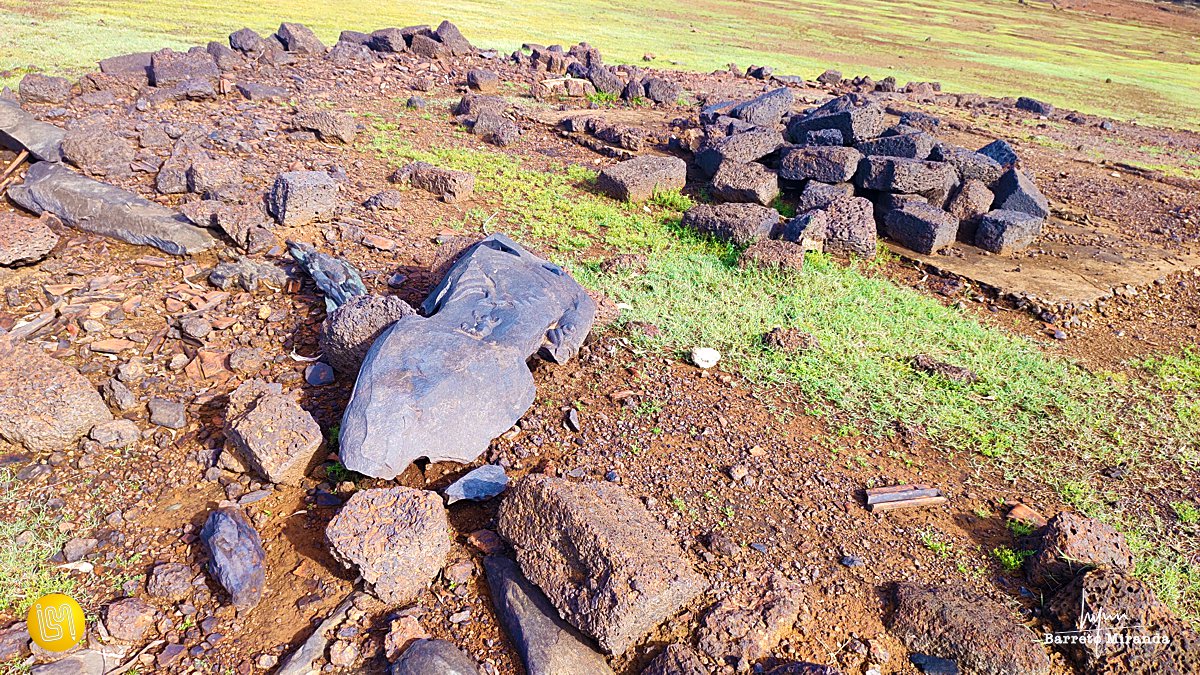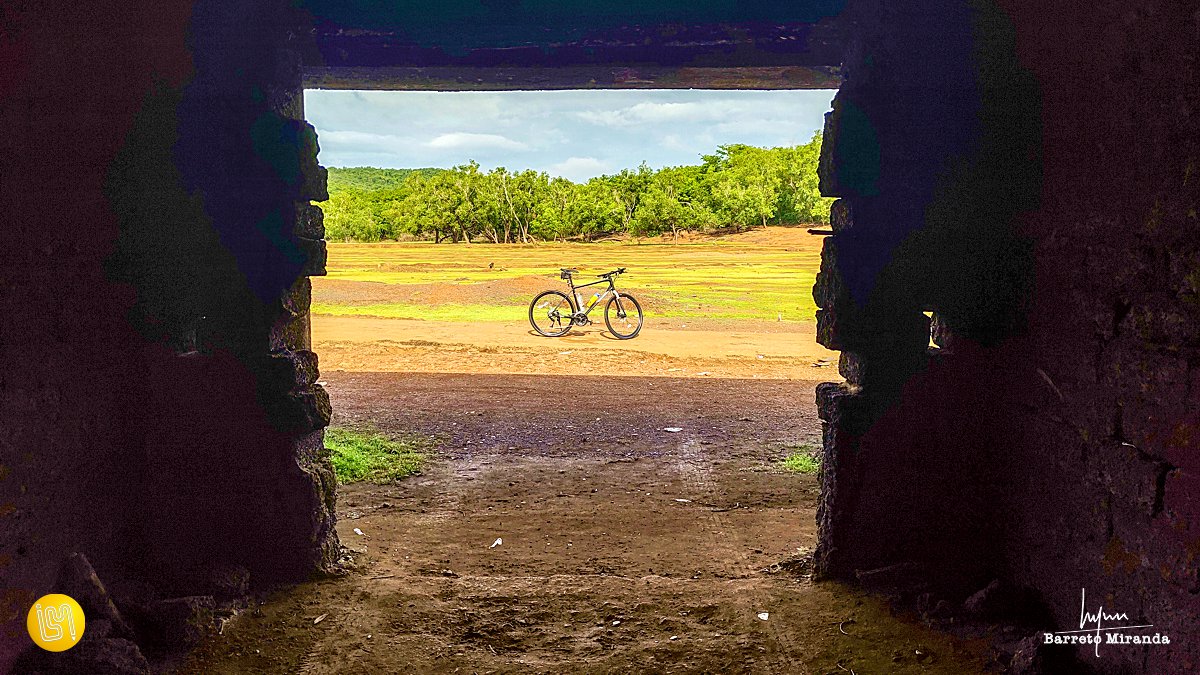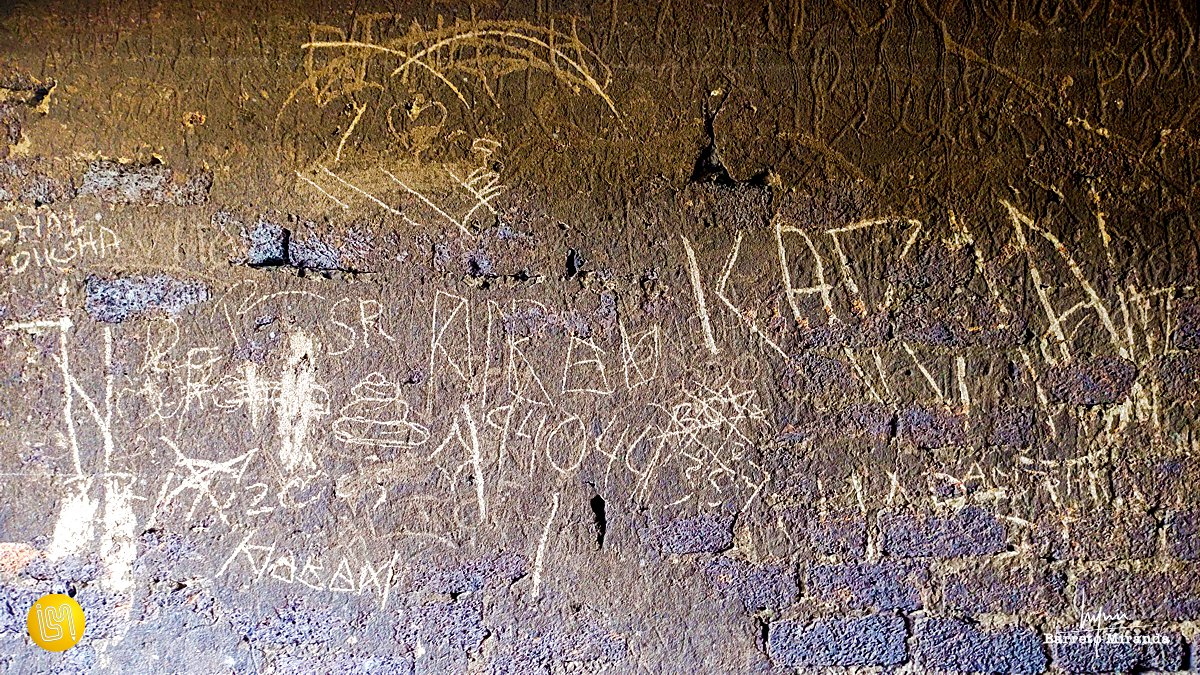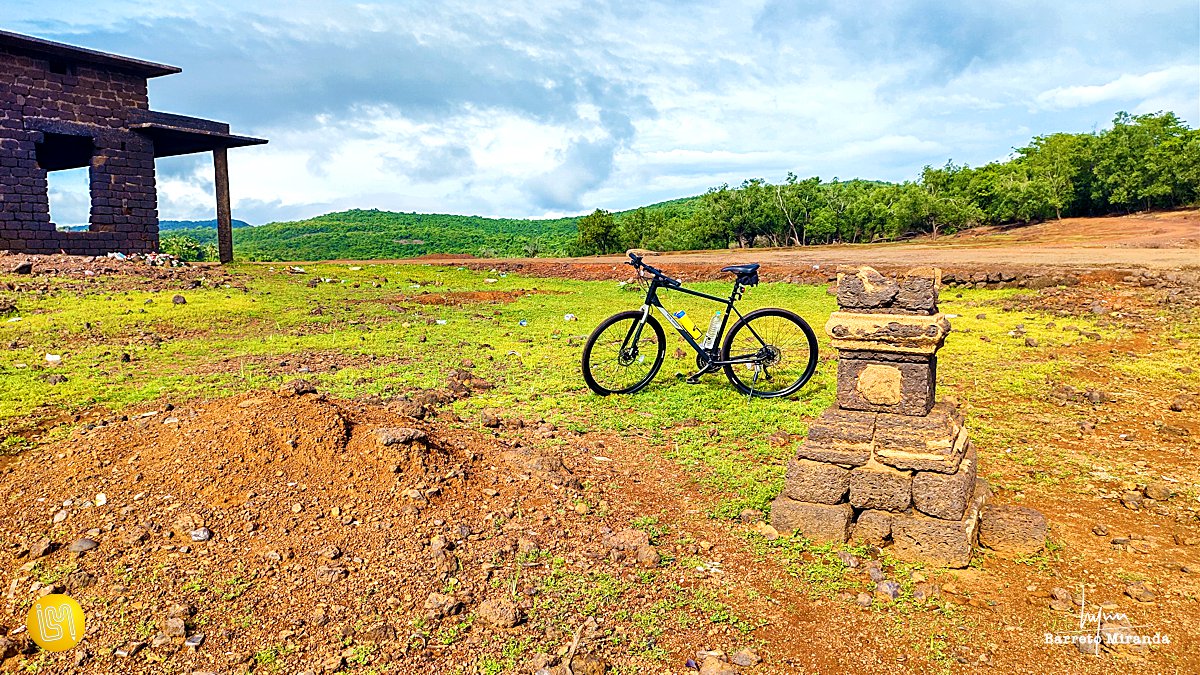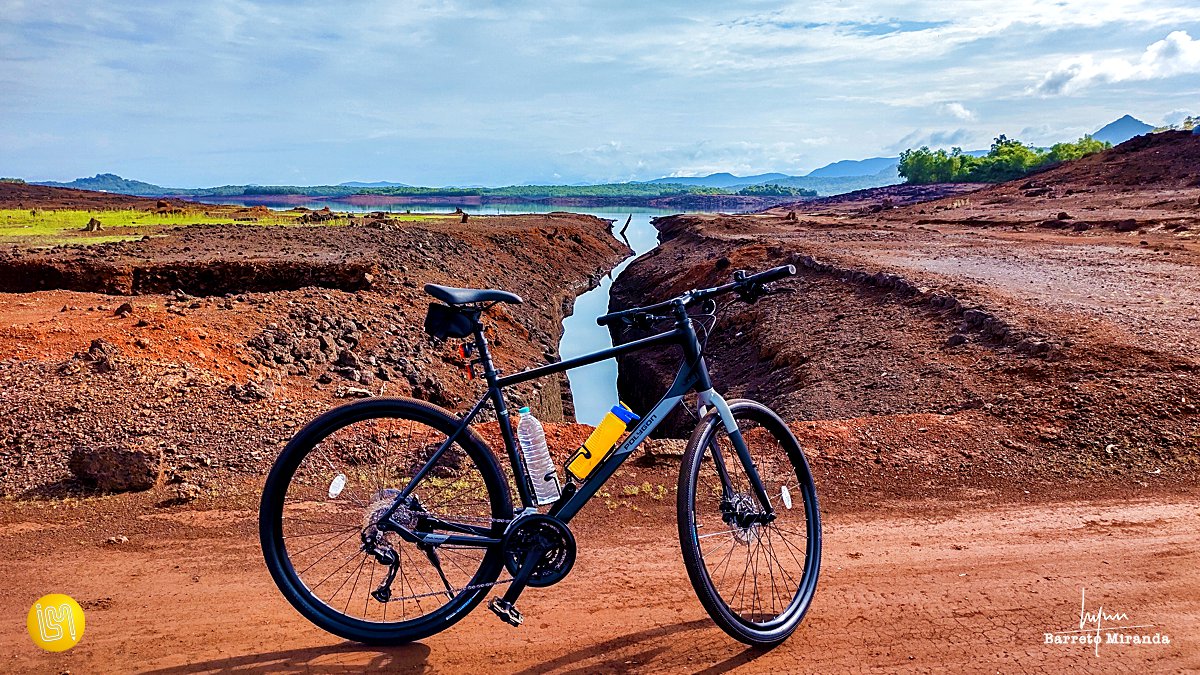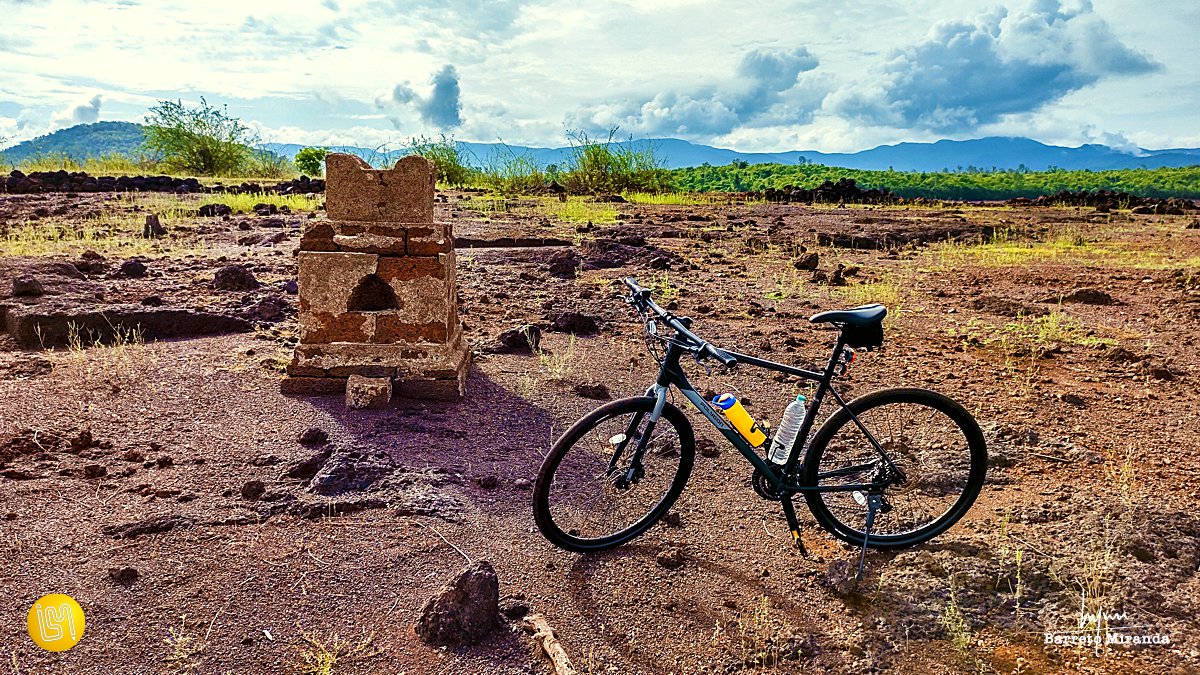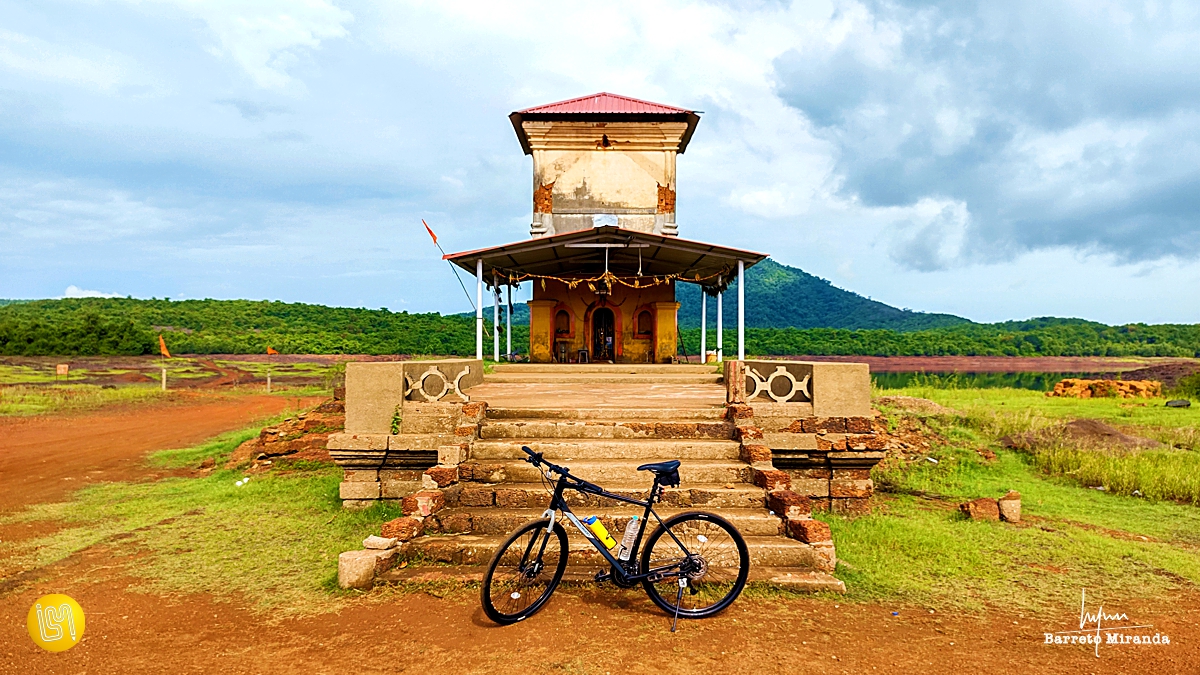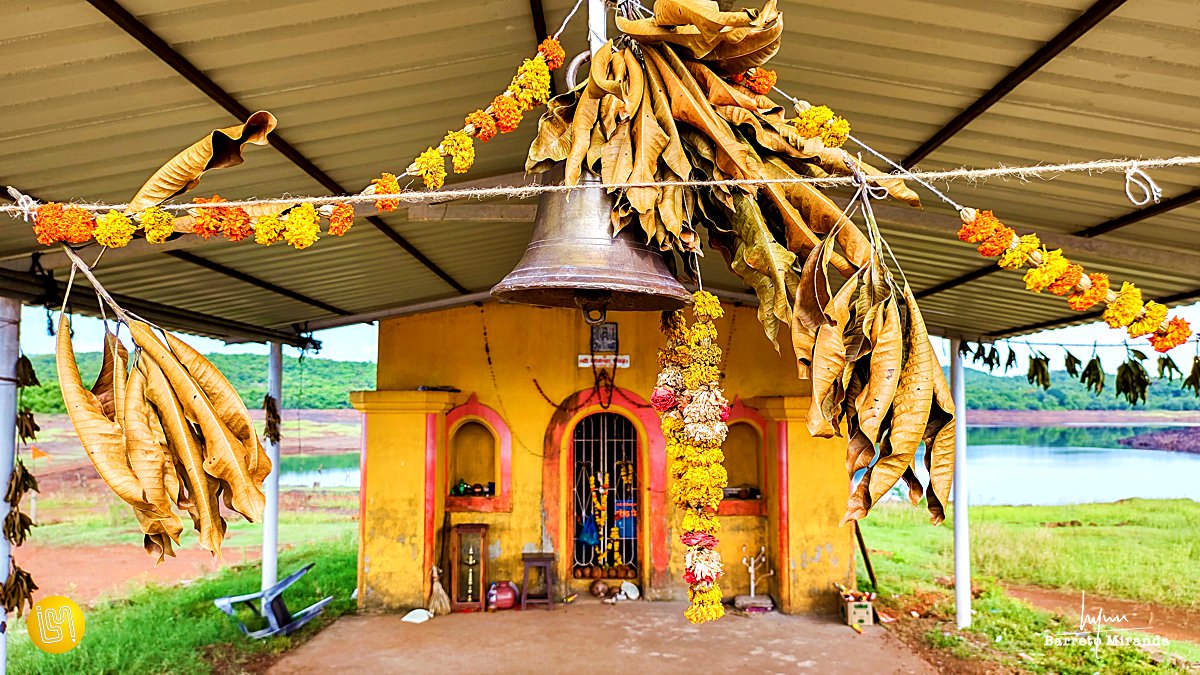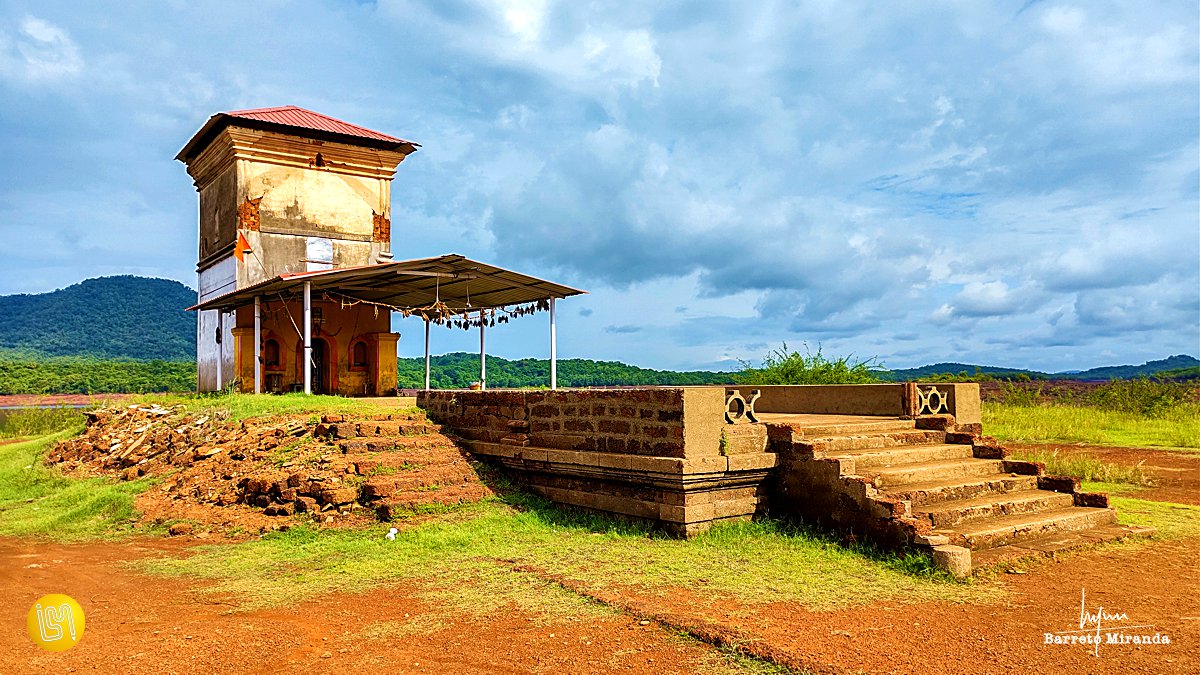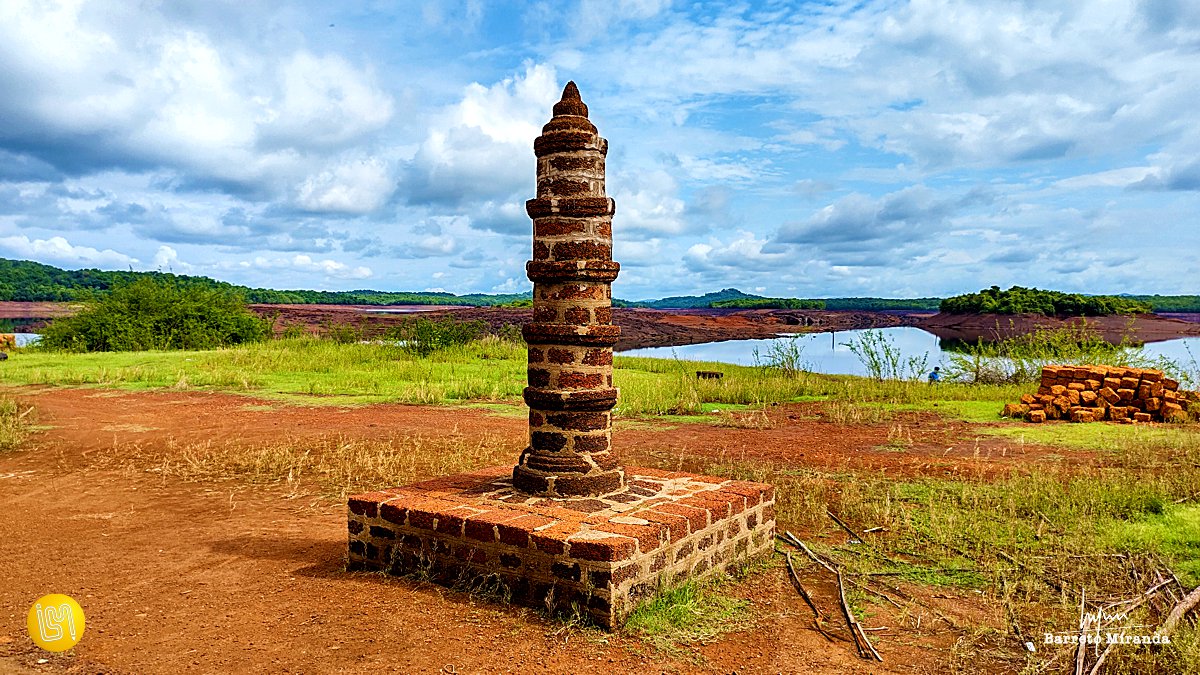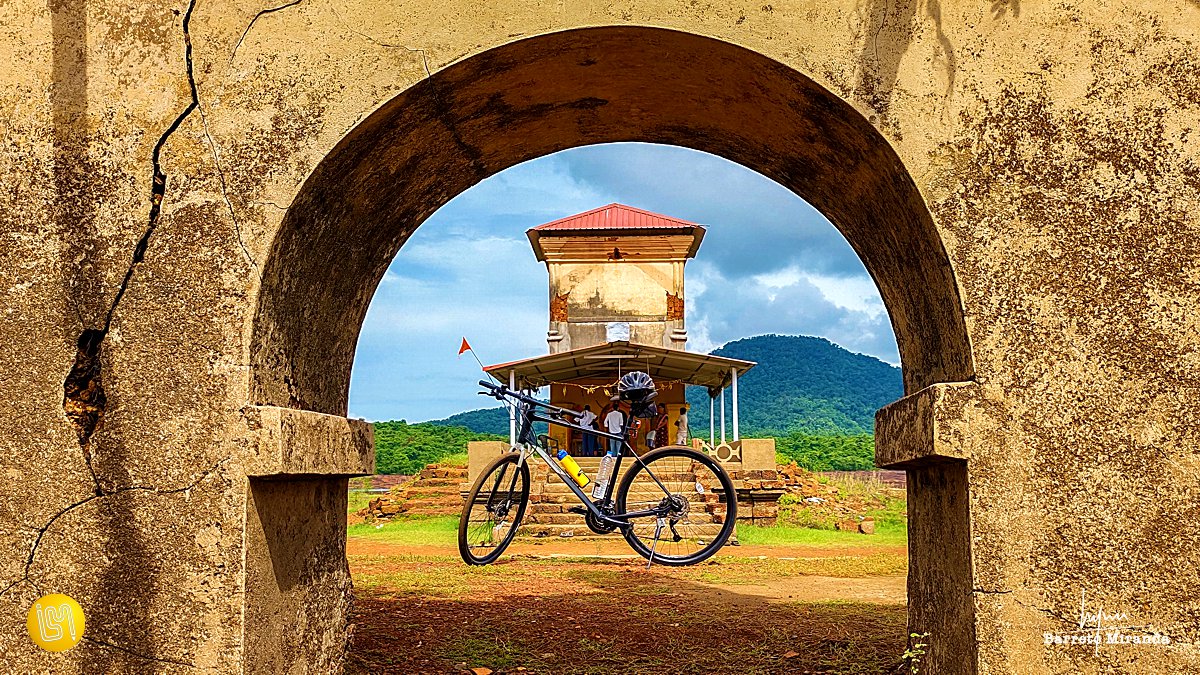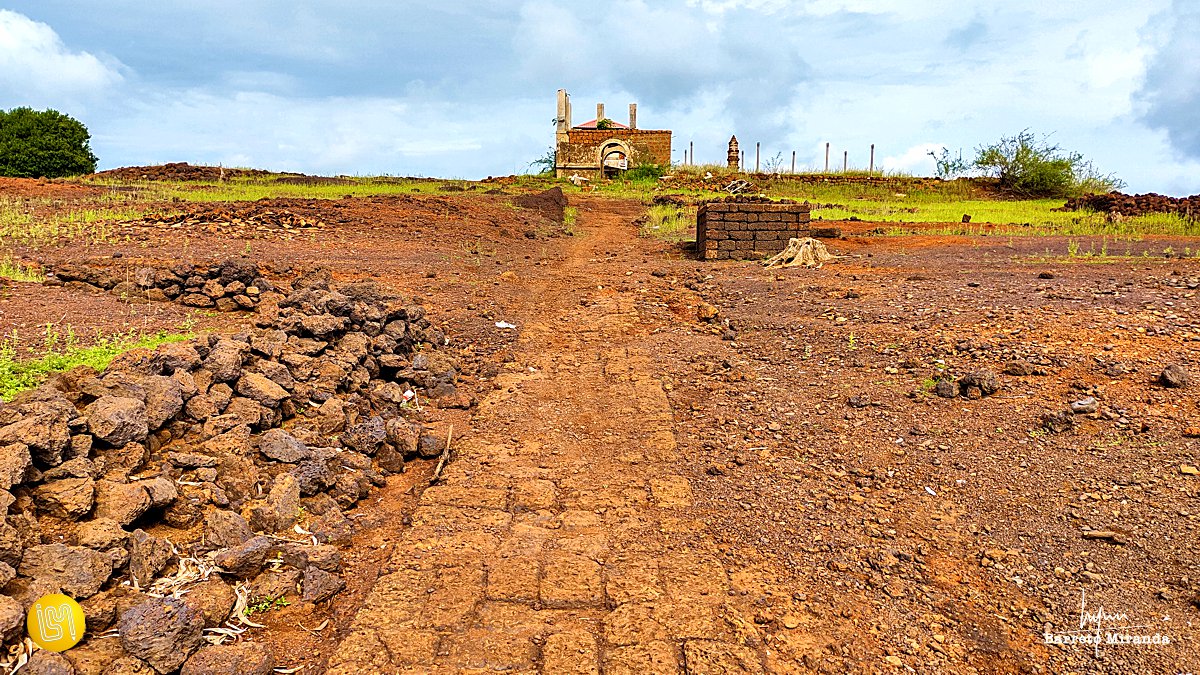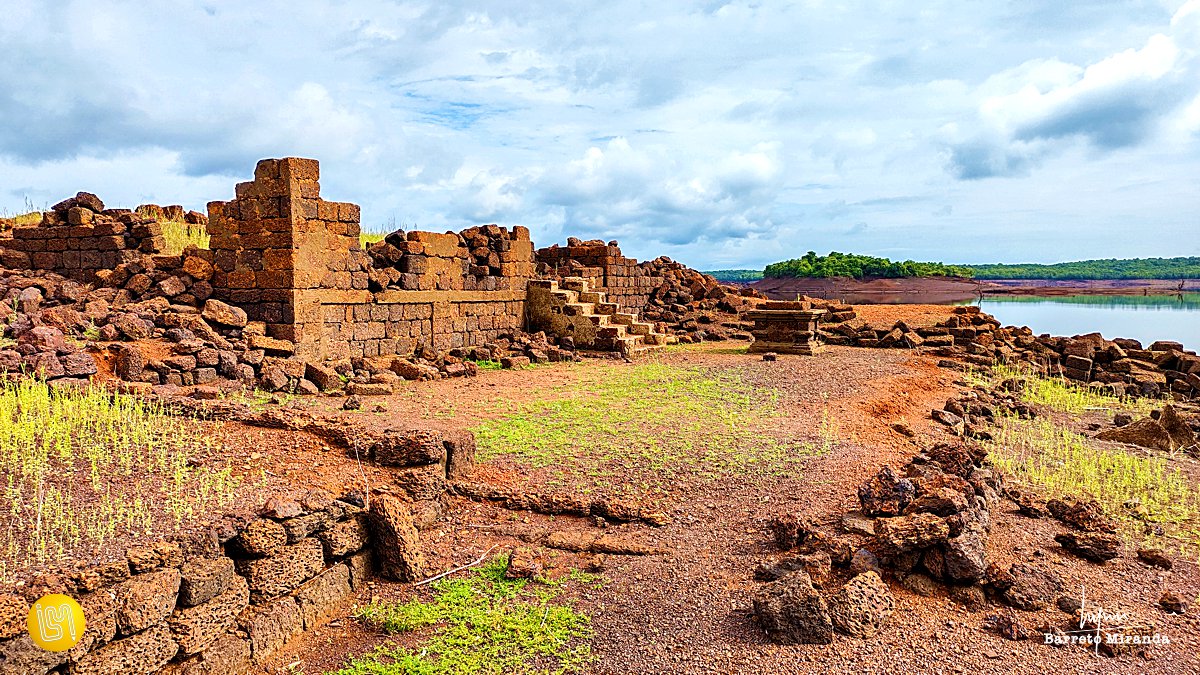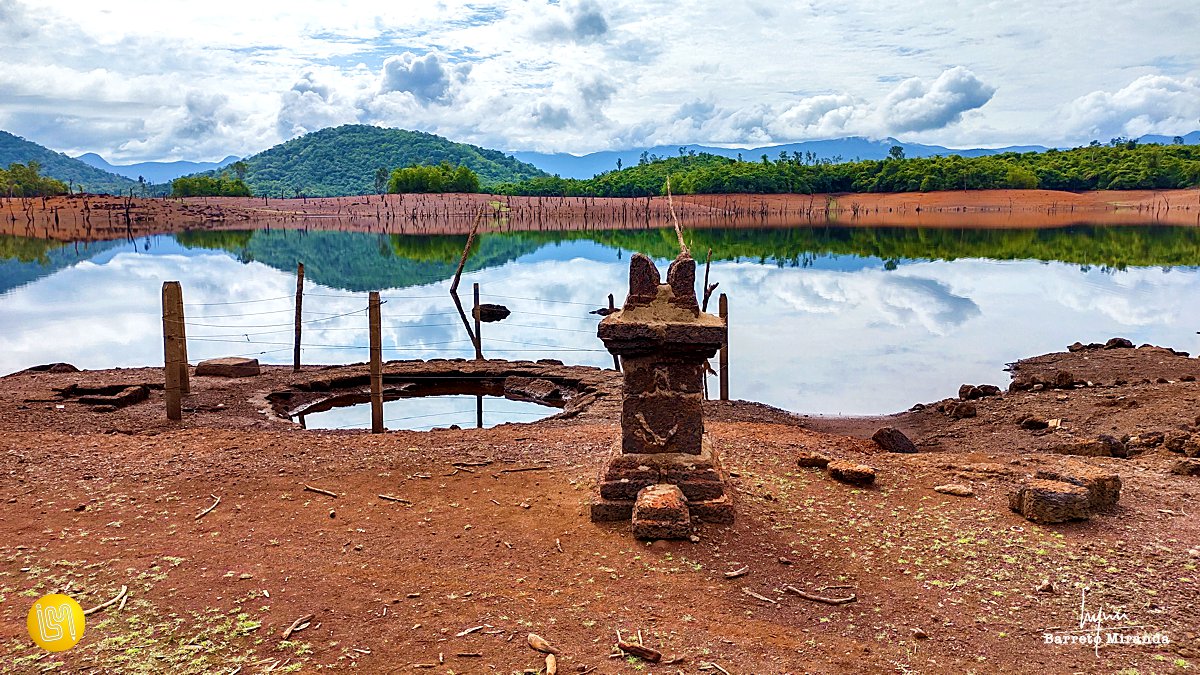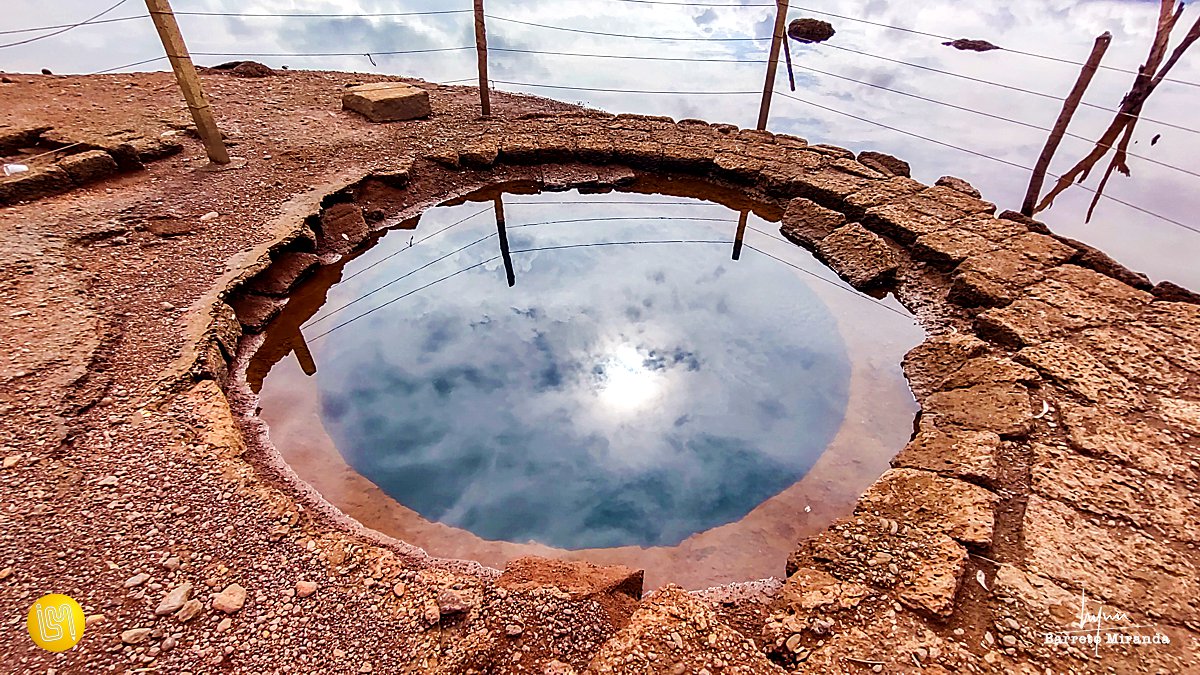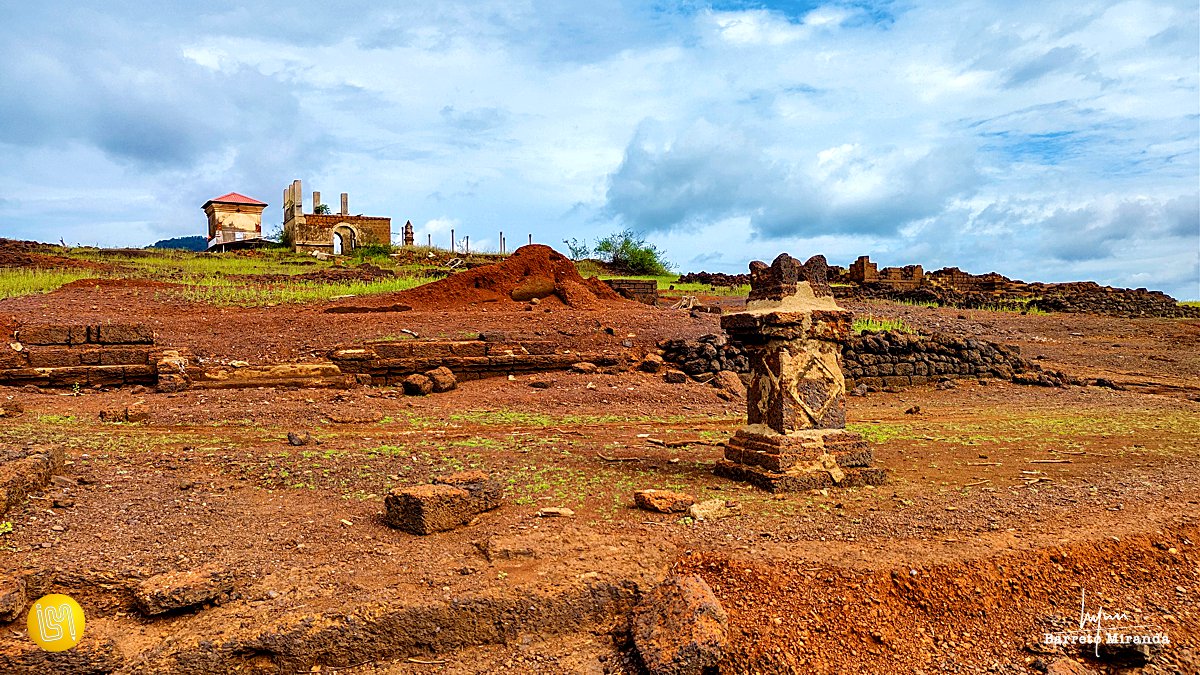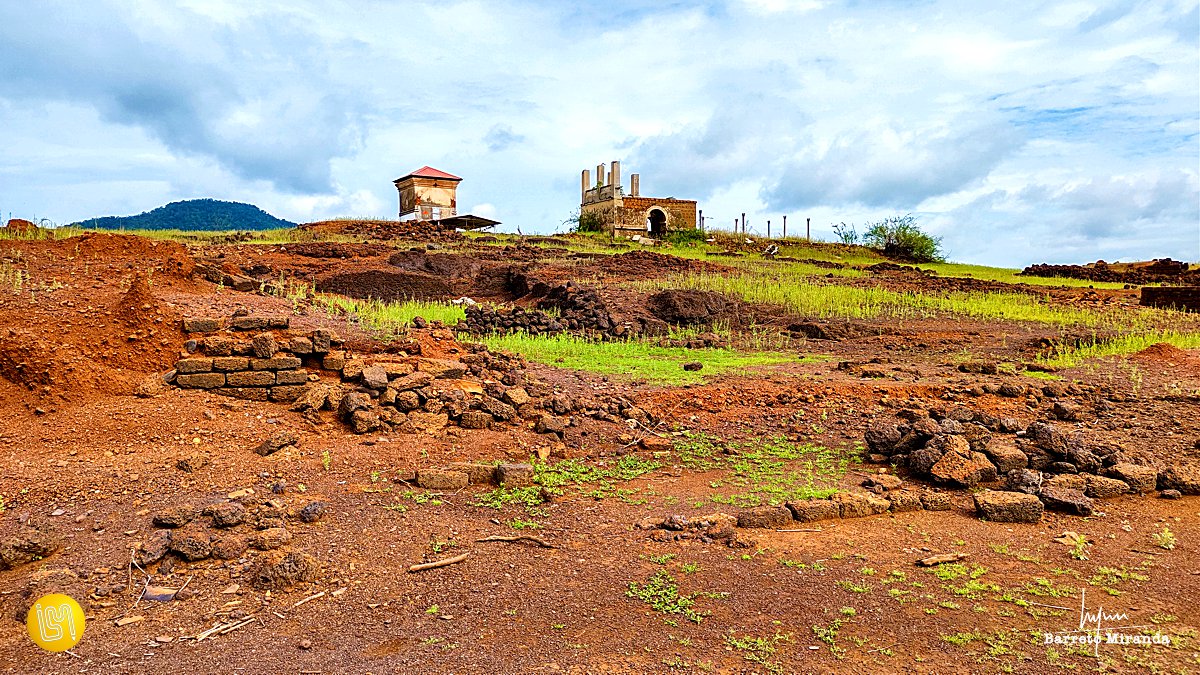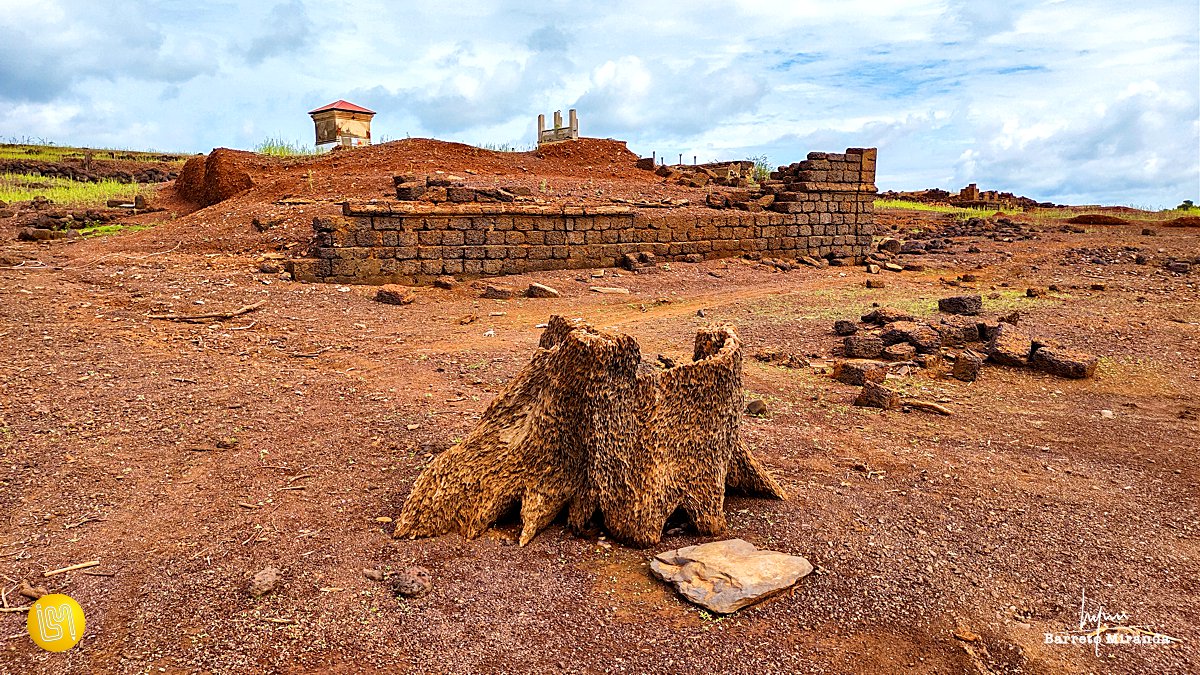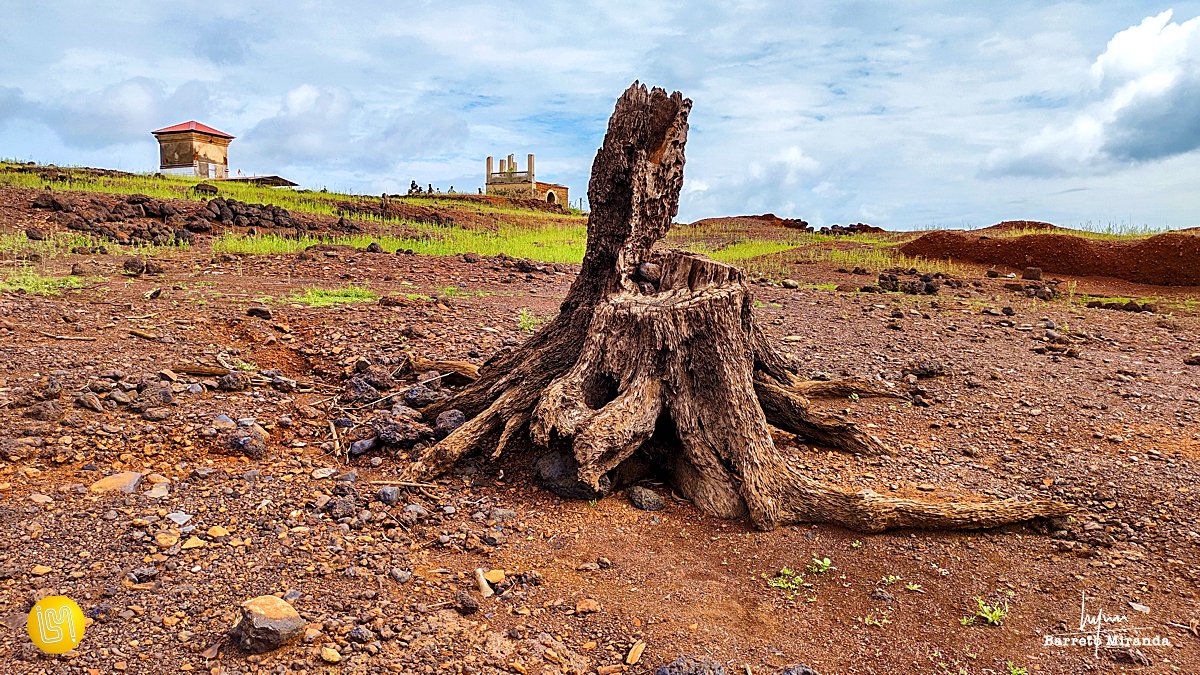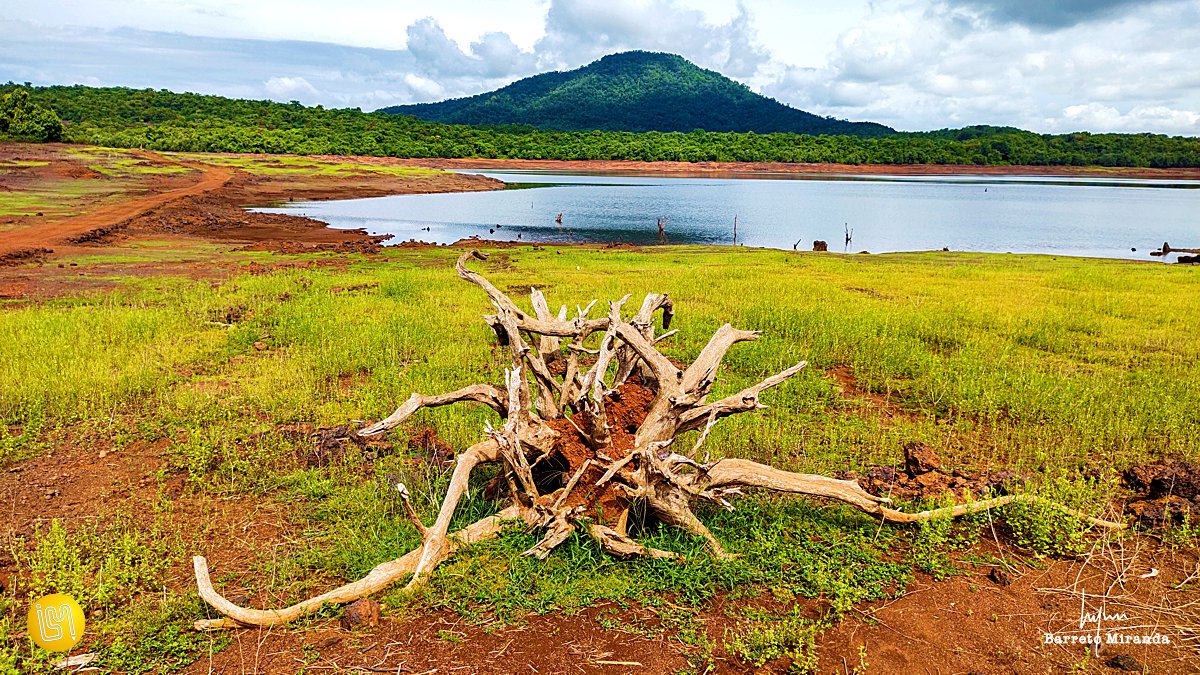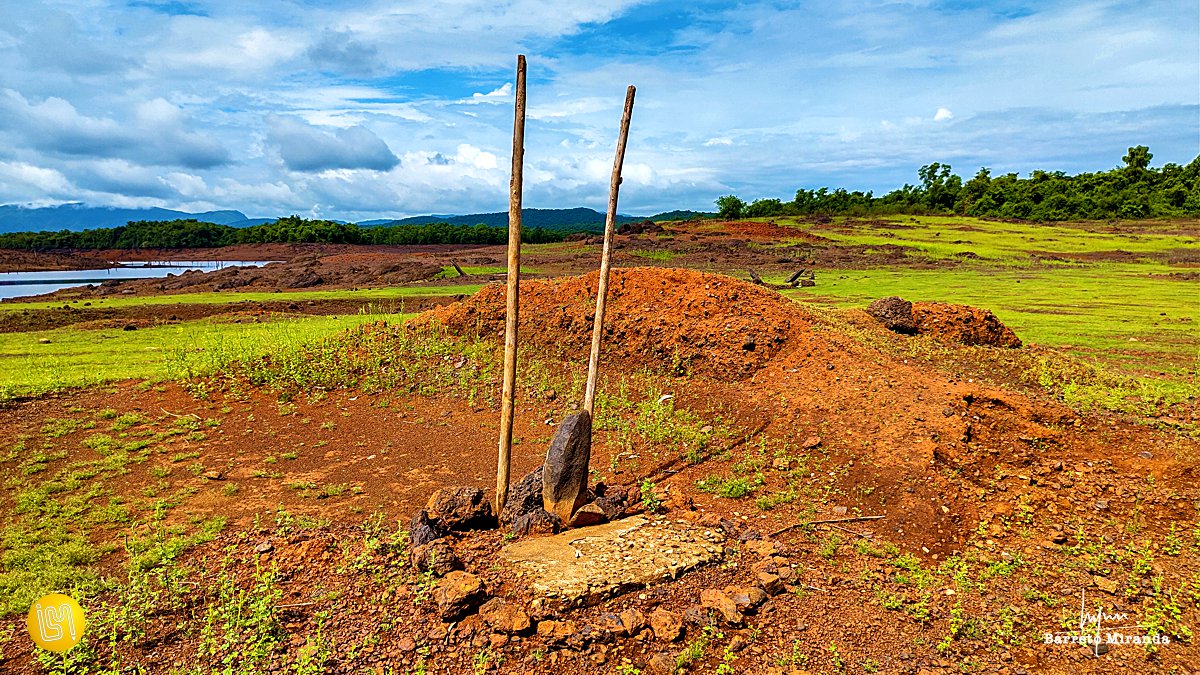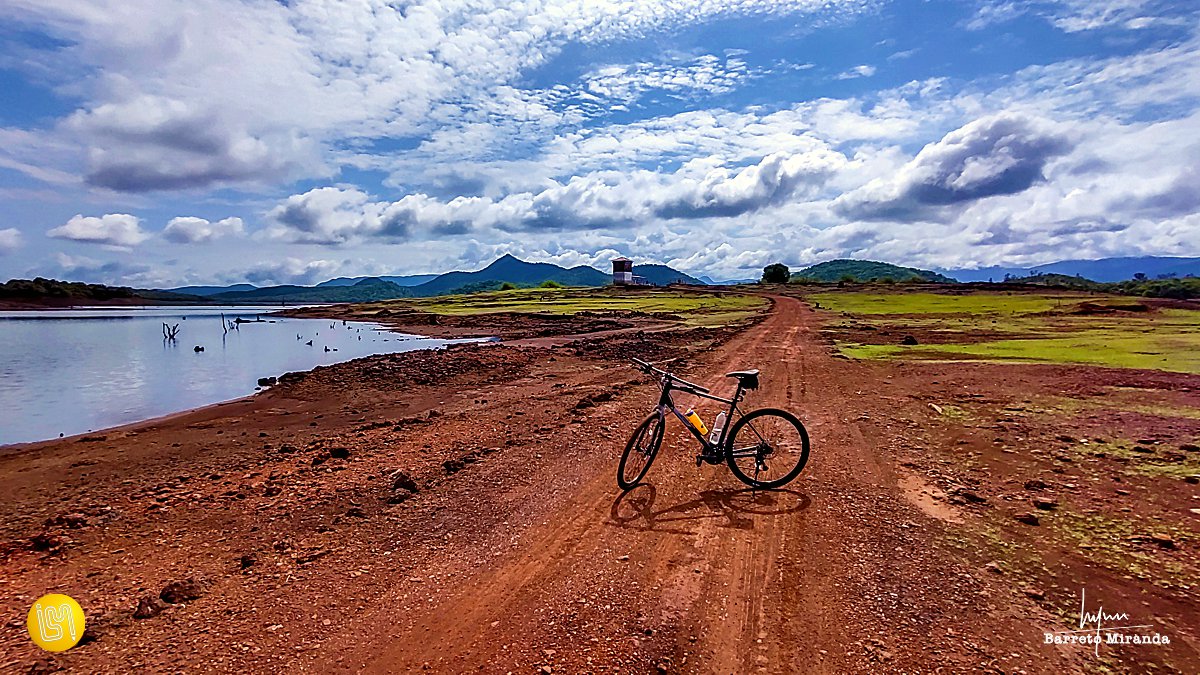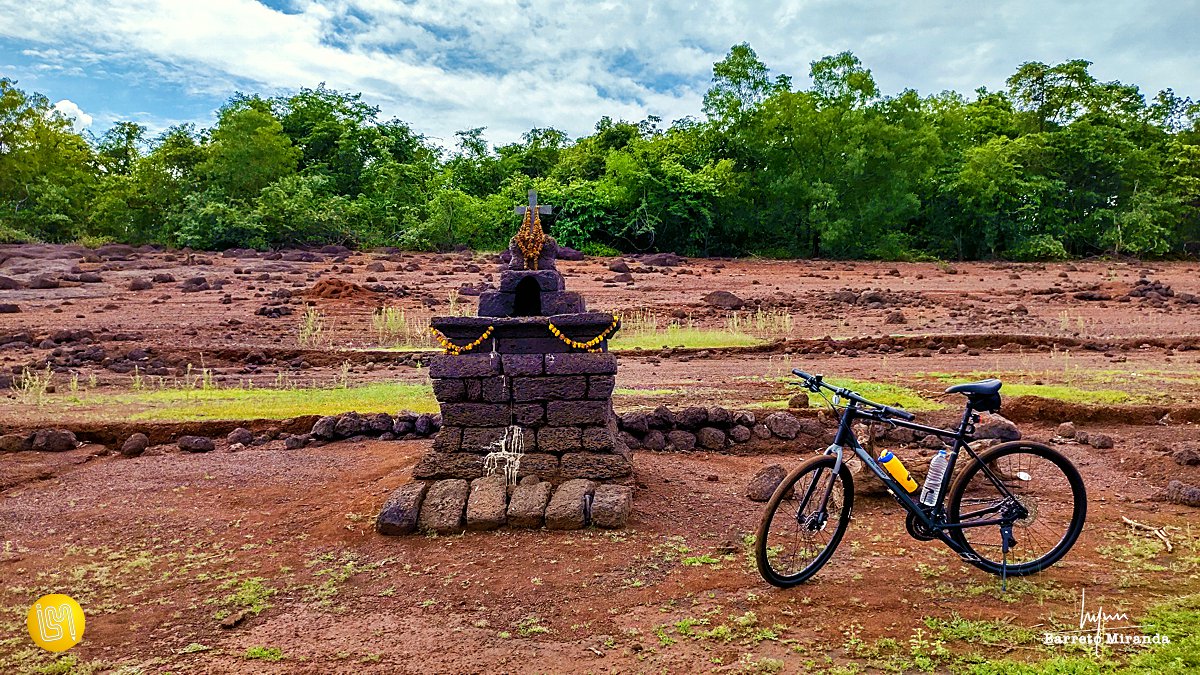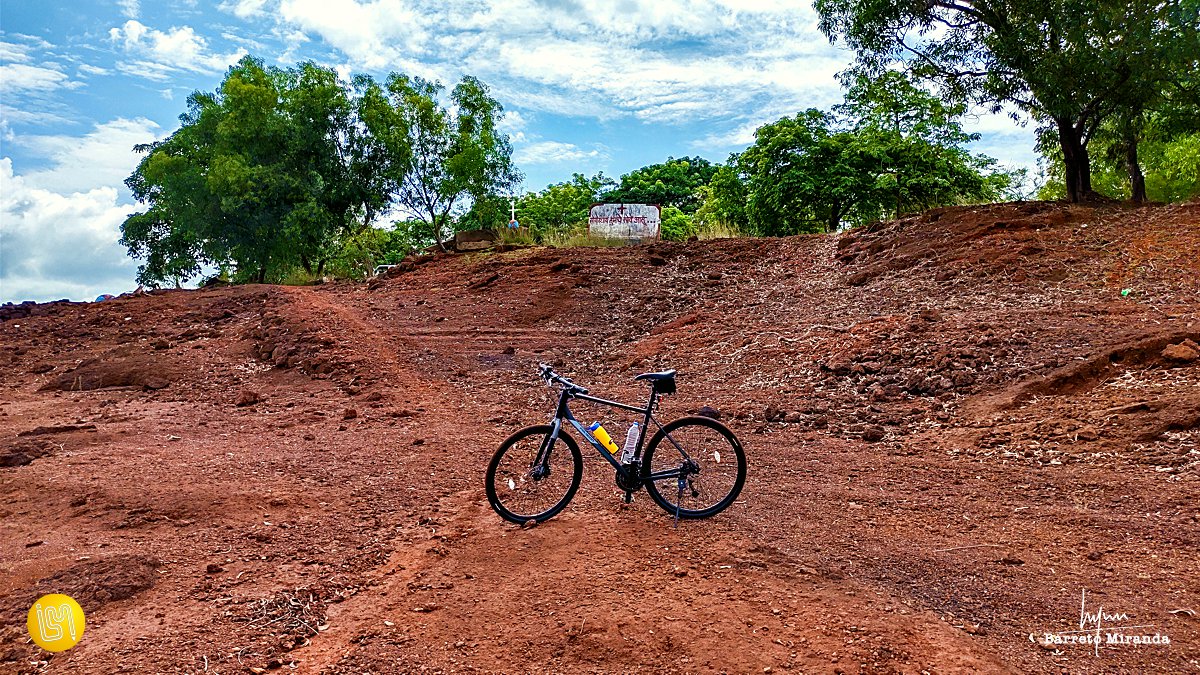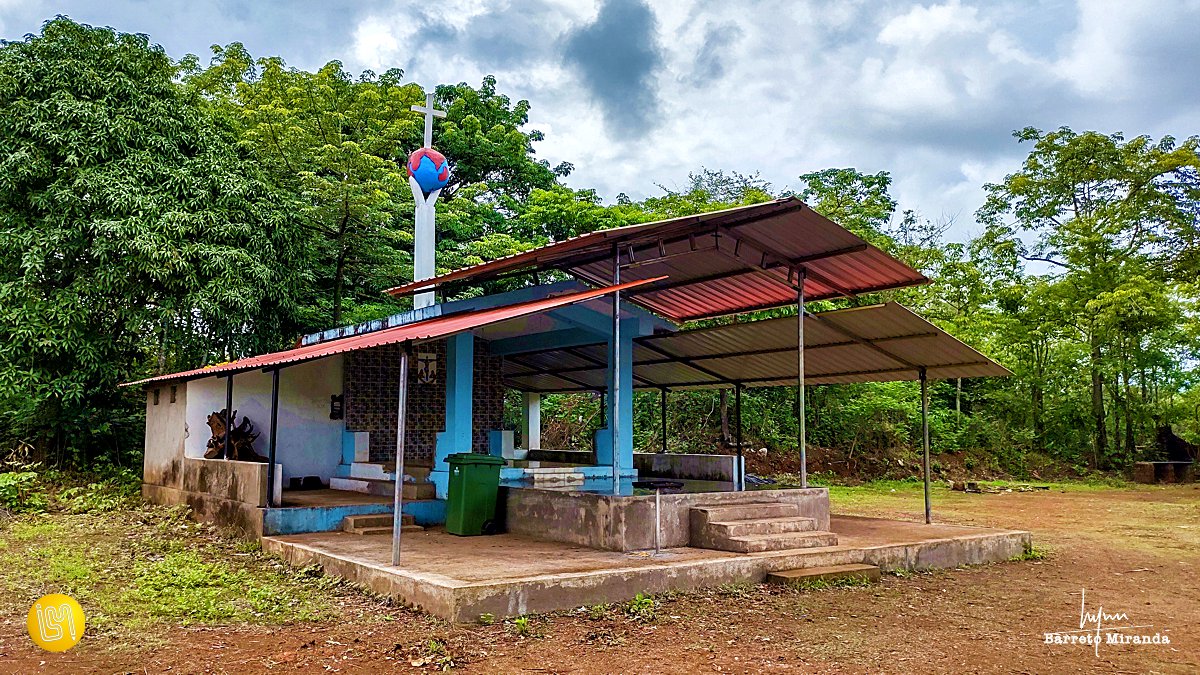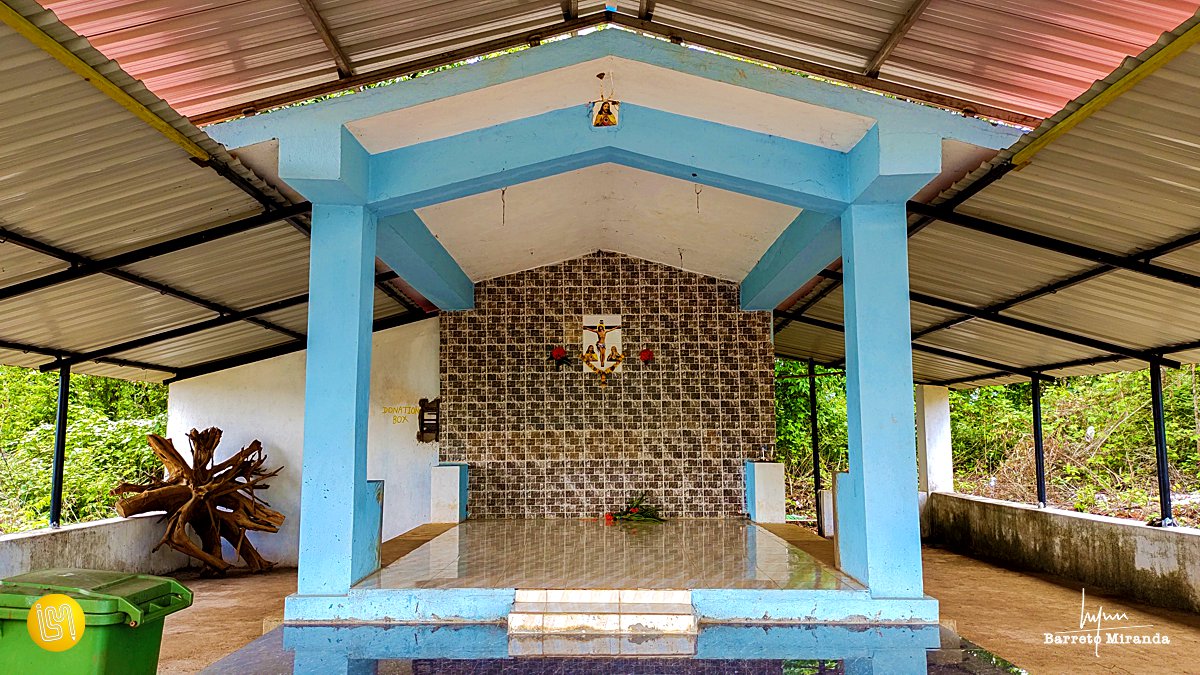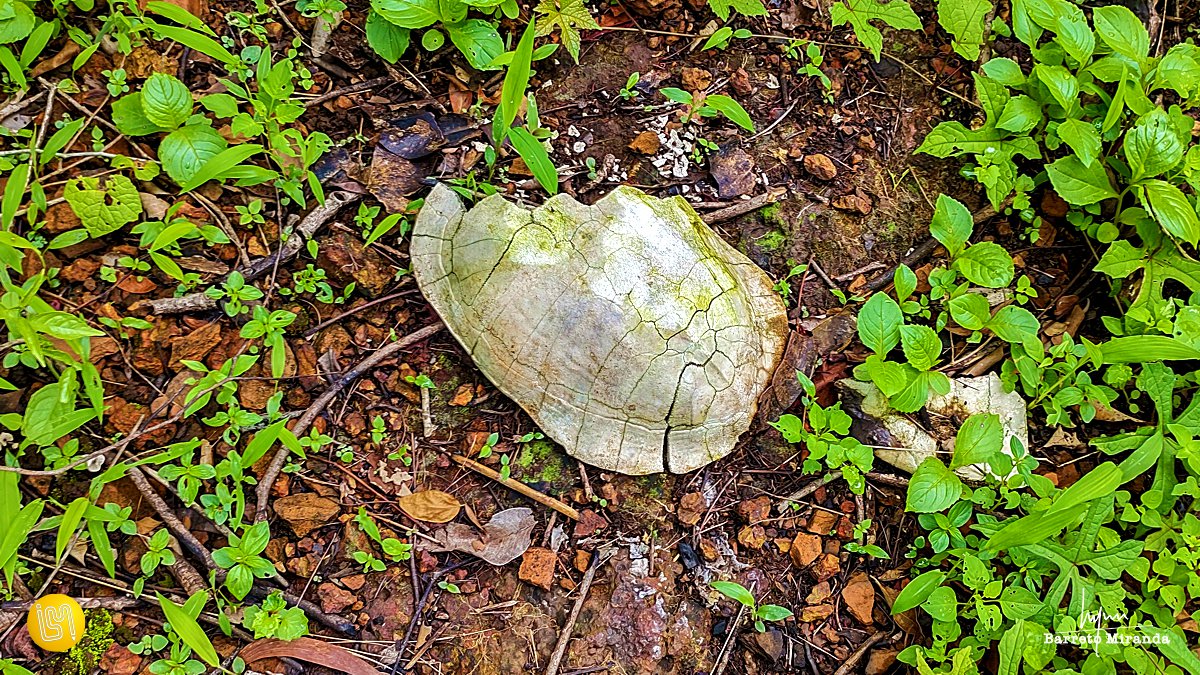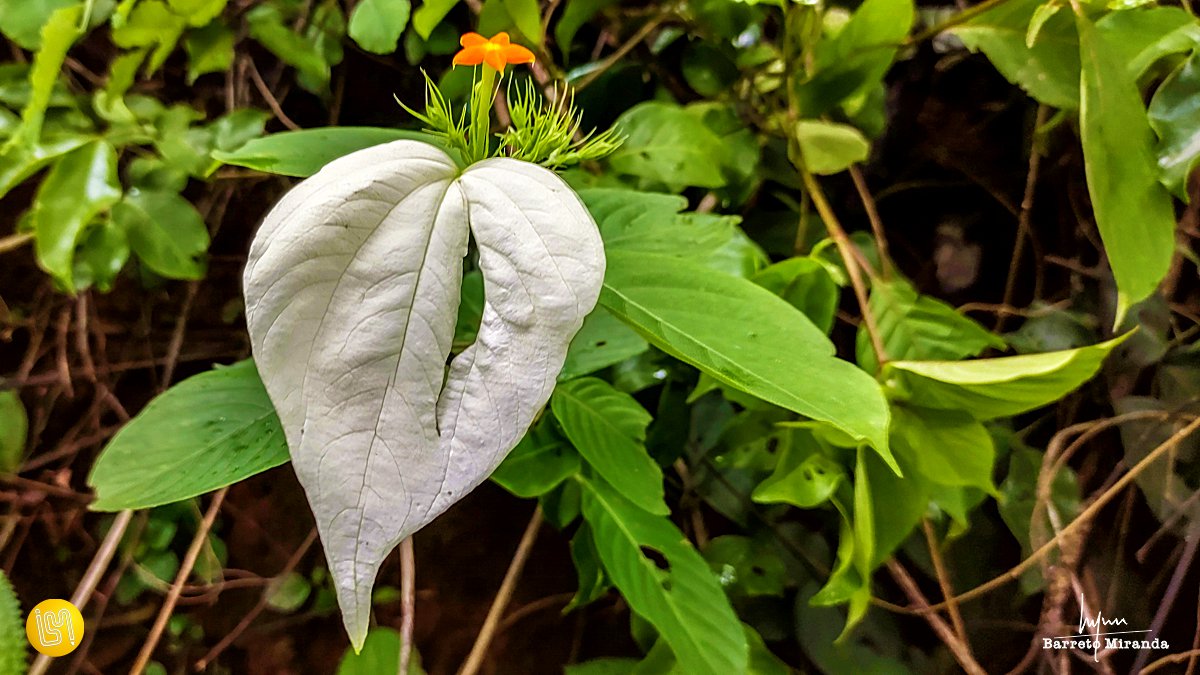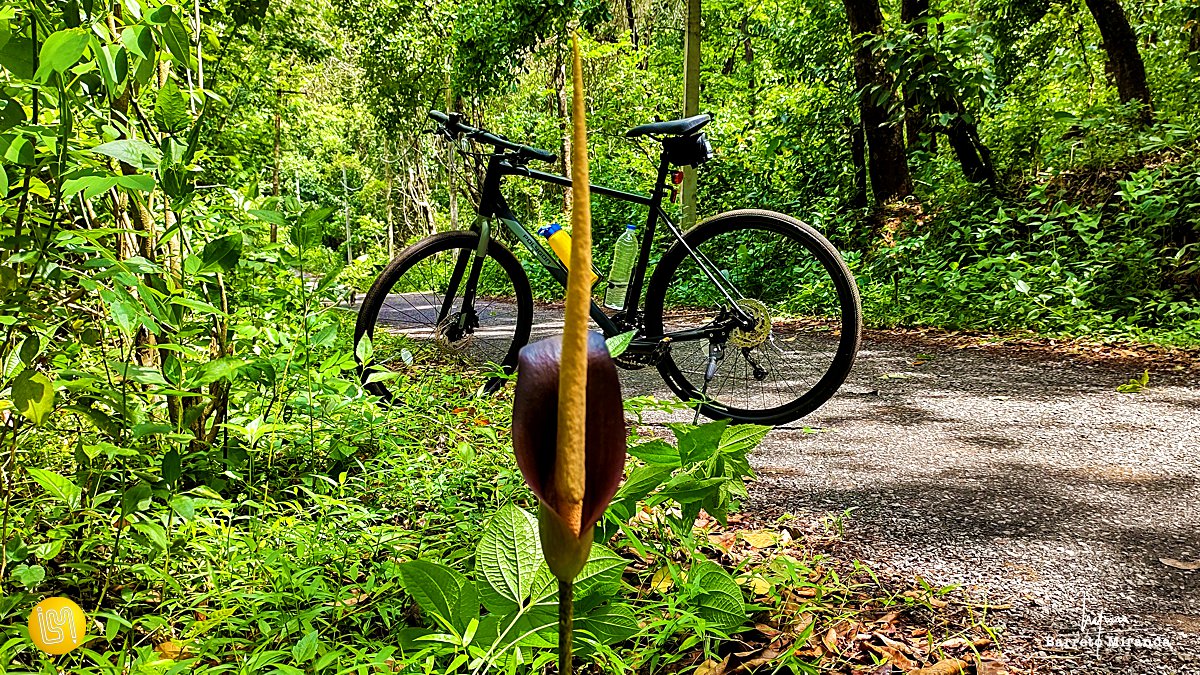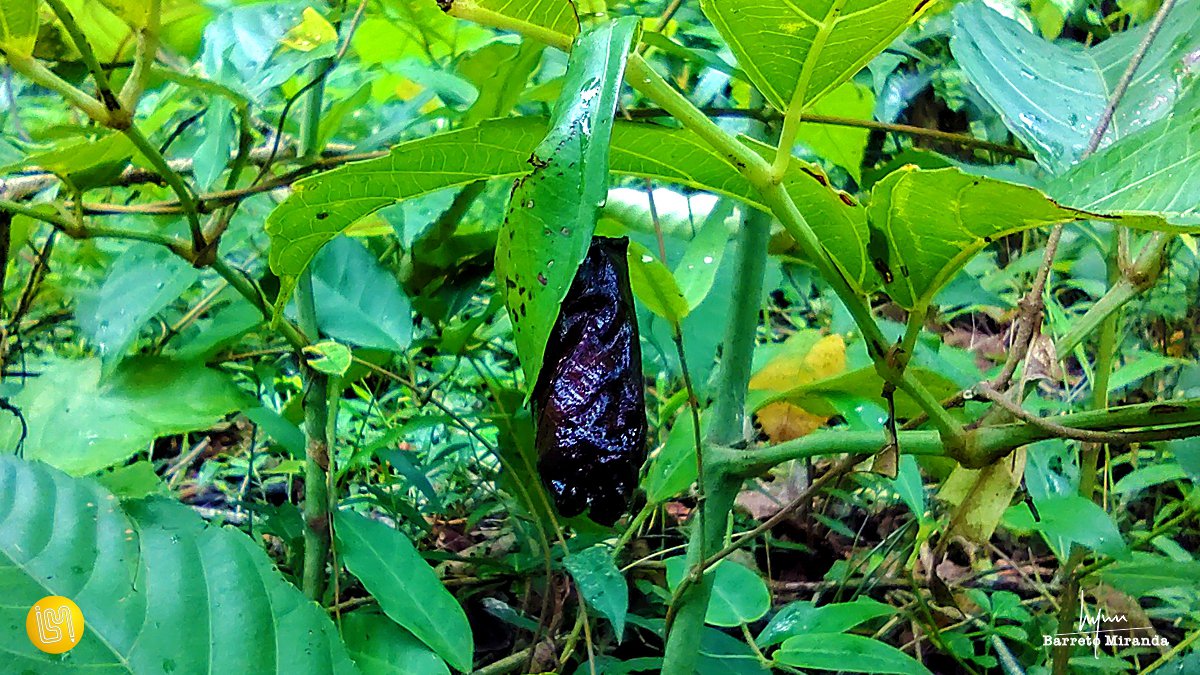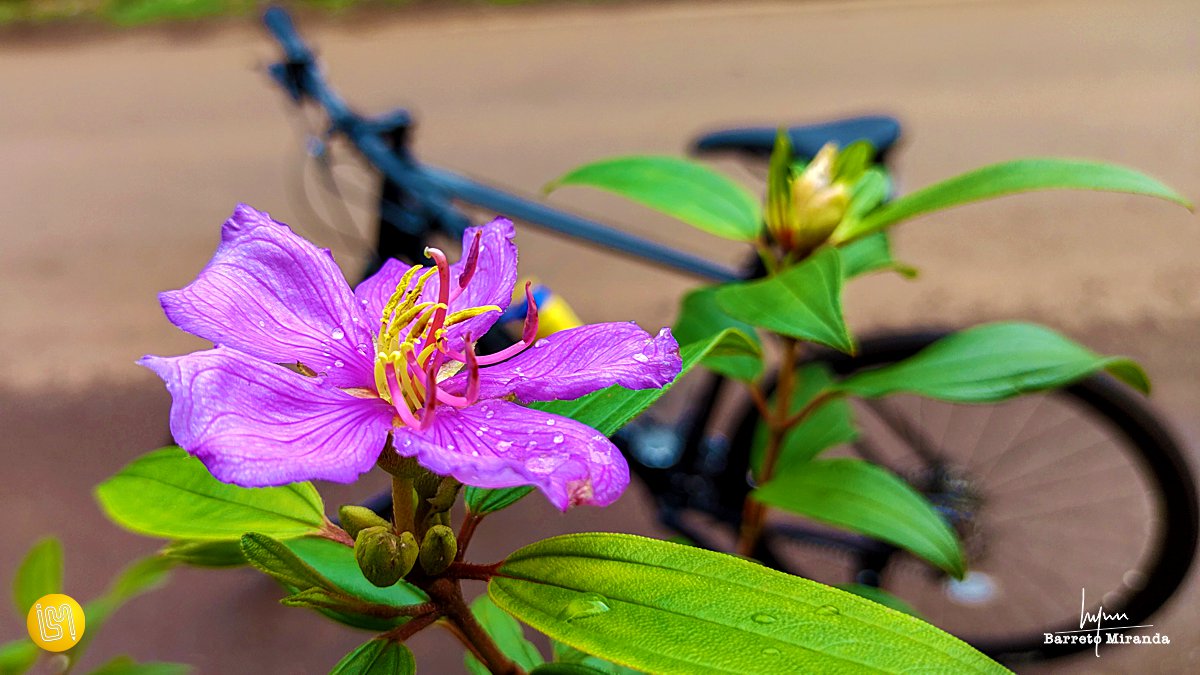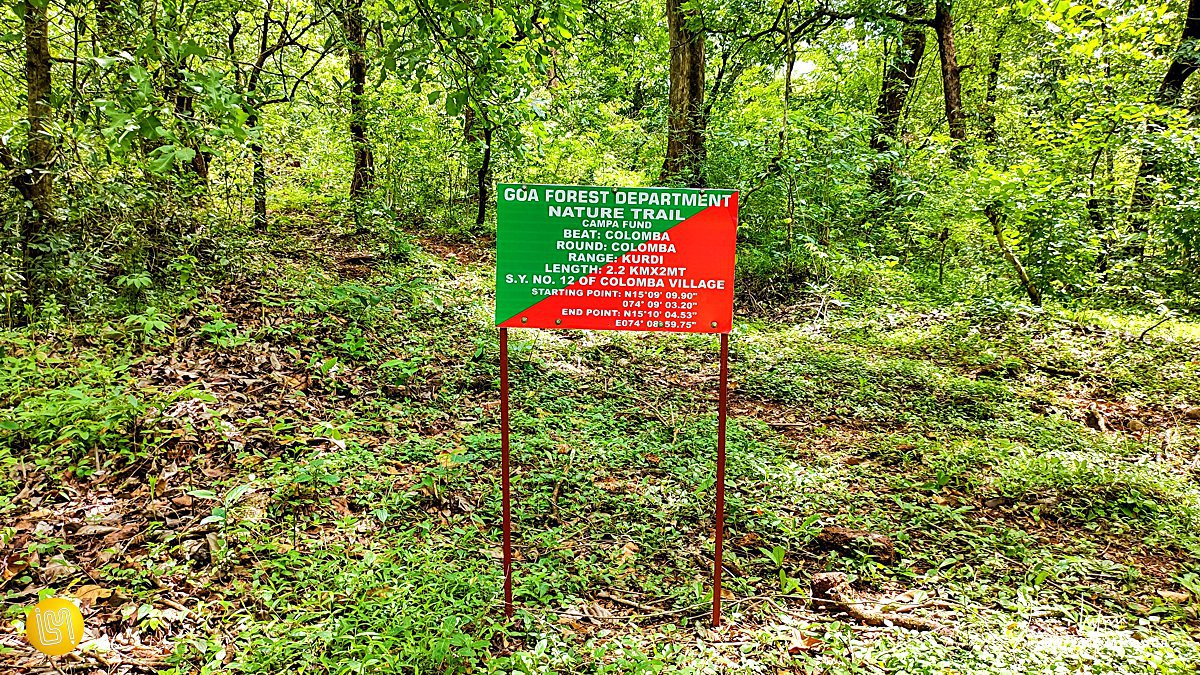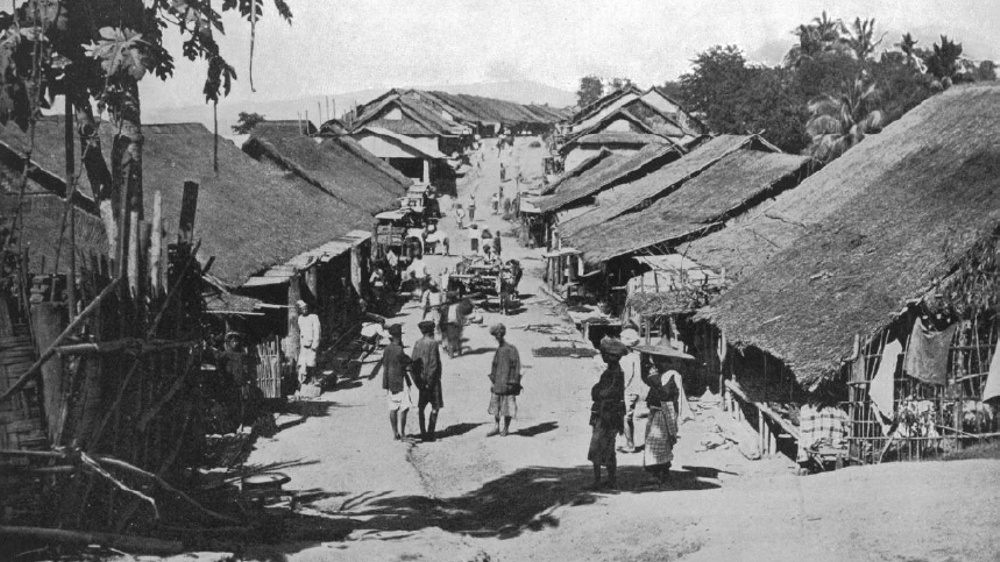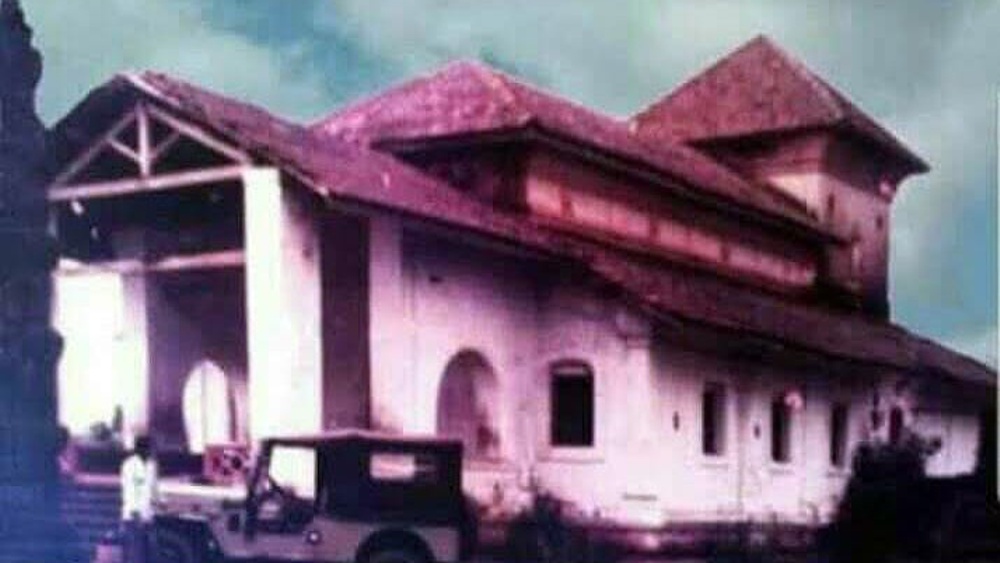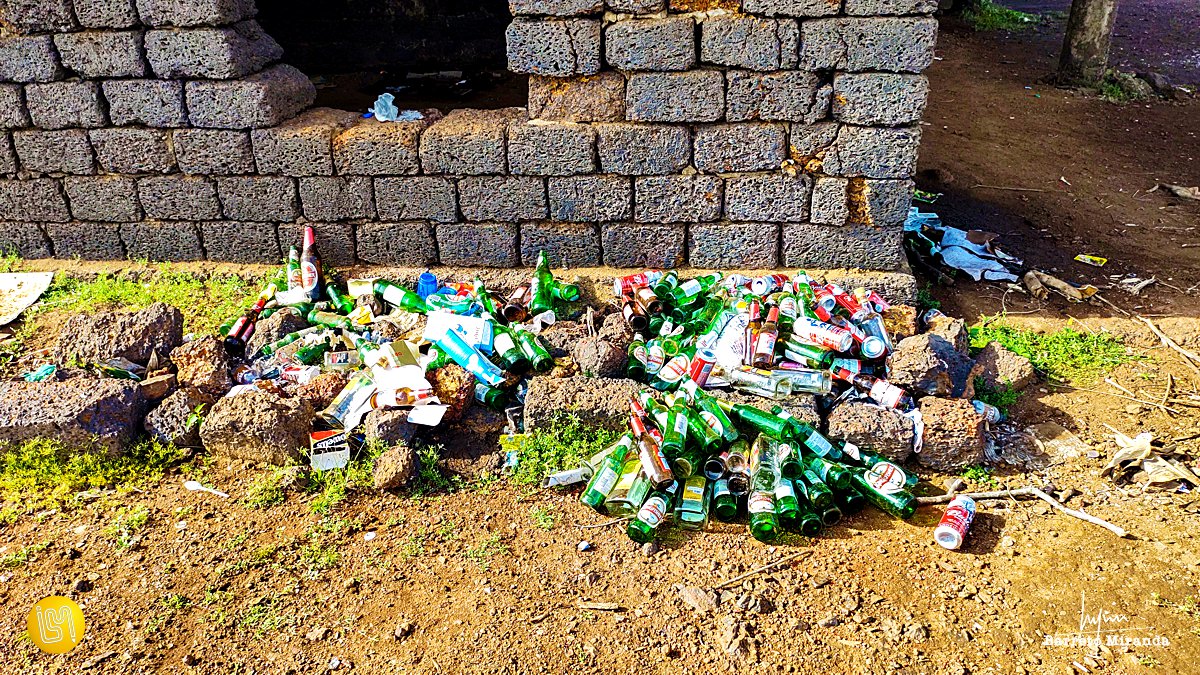Nestled between two hills in the Western Ghats, with the Salaulim River – a tributary of the Zuari River – running through it, Curdi was once a flourishing agricultural village in Sanguem Taluka bustling with a population of approximately 3,000. It had a main Hindu temple, some smaller temples, a Christian chapel, and a Muslim shrine.
In 1965, Goa’s first Chief Minister Dayanand Bandodkar envisioned the Salaulim Irrigation Project, an ambitious project to provide water for drinking, irrigation, and industrial purposes to Southern Goa.
As per official records, the dam construction started in 1976 and was completed in 2000. As the village started submerging, the affected families started migrating to the land that they were allotted at Vaade and Valkini.
Curdi now remains submerged underwater most of the year, only to reappear during the months of scorching summer heat when the dam water level decreases, showing traces of infrastructure from this once living village.
Having chaperoned family and friends on a few earlier occasions a couple of years ago by car, this time I revisited Curdi solo on my cycle ‘Stevie’. The first thing that you see as you enter Curdi are the ruins of a Portuguese police outpost, now overgrown with plants. Close by are the ruins of a possible Betal temple with a broken idol lying on the ground. A building that once housed a post office, a grocery shop, and a tea shop lies desolate. The post office that sent letters of love and longing to the rest of the world is now used by lovers to scribble messages of love.
A road that was built with solid asphalt, in the Portuguese era, too resurfaces and is as good as the olden days. It is quite ironic that the road leading to Curdi built only a couple of years back is already obliterated with potholes.
Across the landscape, one can see scores of remnants of abandoned houses.
The Shree Someshwar temple dedicated to Lord Shiva is the only structure that still remains intact. The stone Nandi along with other idols from the Someshwar temple were moved to the Valkini colony. The church collapsed after getting submerged and now a new chapel is built on the hill.
In front of the temple, the deepstambh that had collapsed has been rebuilt while the small room between the temple and the river that was used as a music room and a storeroom for the artists during stage performances lies deserted.
Someshwar Utsav and Feast at the newly built Chapel is celebrated once a year in May, and at the dargah, a chaadar is offered. On these occasions, the original residents of all communities and faiths get together in peace and harmony to reminisce old memories of the village. Unfortunately, due to the covid pandemic, it has not been held in the usual grand way for the last two years.
Indian classical singer Mogubai Kurdikar, mother of Kishori Amonkar is from Kurdi and the ruins of her house located about 200 mts from the temple appear only when the water level goes down a lot.
Close to the temple, Dolmen, Menhirs, and other stone structures can be found. One of them has a carving on it, while most others are plain. Arranged in a rough circle, I wonder if they have a story to tell.
A few kilometers away from the Shree Someshwar temple was the ancient Mahadev temple constructed during the Kadamba period (10 – 11 century AD). The temple facing complete submersion was systematically dismantled piece by piece from its original location and reassembled again 17 km away, next to the Salaulim dam. The whole process took eleven years to complete.
Click the link to read about the Mahadev temple: http://mycyclingdiary.barretomiranda.com/mahadeva-temple/
Soon the storm clouds of June will arrive, the rains will lash the land, and Curdi will return to the embrace of deep waters, but remember if you are going there, more than 3000 people have sacrificed their land to provide you with precious water for your everyday needs. It is sad to see people leaving their trash behind. PLEASE DO NOT LITTER THE PLACE.
Nathan Abranches has shared a detailed travelogue on the Let’s Travel whatsapp group, on his visit to Curdi and all the interesting heritage and historical places you can visit along the way.
Click the link to read: http://letstravel.barretomiranda.com/curdi/
How to go to Curdi:
From Margao, go to the Shri Damodar Temple in Zambaulim, take the road to Vimleshwar temple in Rivona, proceed ahead till you reach the Shantadurga temple – distance 29kms.
Follow the road next to the temple, which is a straight road till you reach Curdi – 8 kms.
The road from the temple is through a forest area, STOP, take a break and enjoy the surroundings. I managed to see a myriad of wild flowers. Ten different species of butterflies. Varieties of insects, reptiles, and birds including the Grey Hornbill. There is also a 2-km Forest Dept notified nature trail if you are interested in hiking.
Some more photos of Curdi. Click on them to enlarge.


